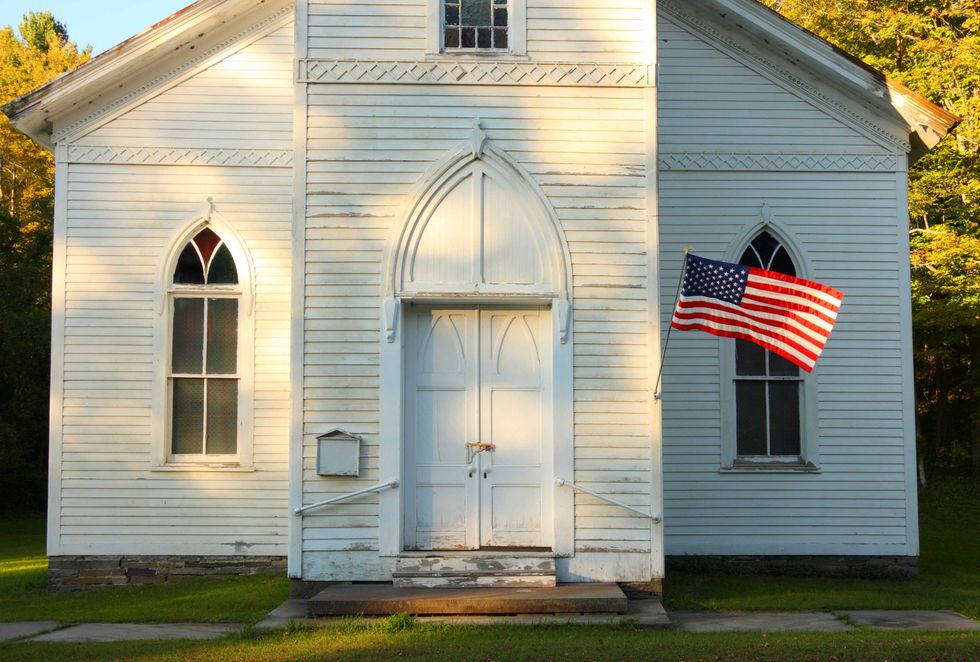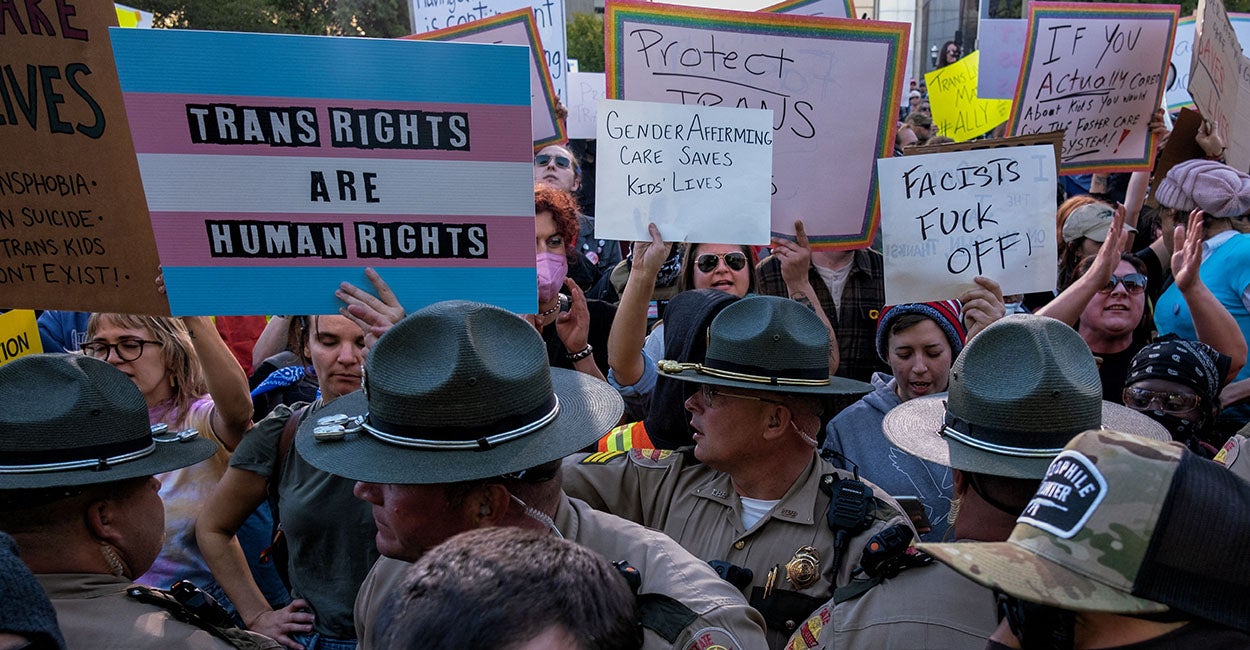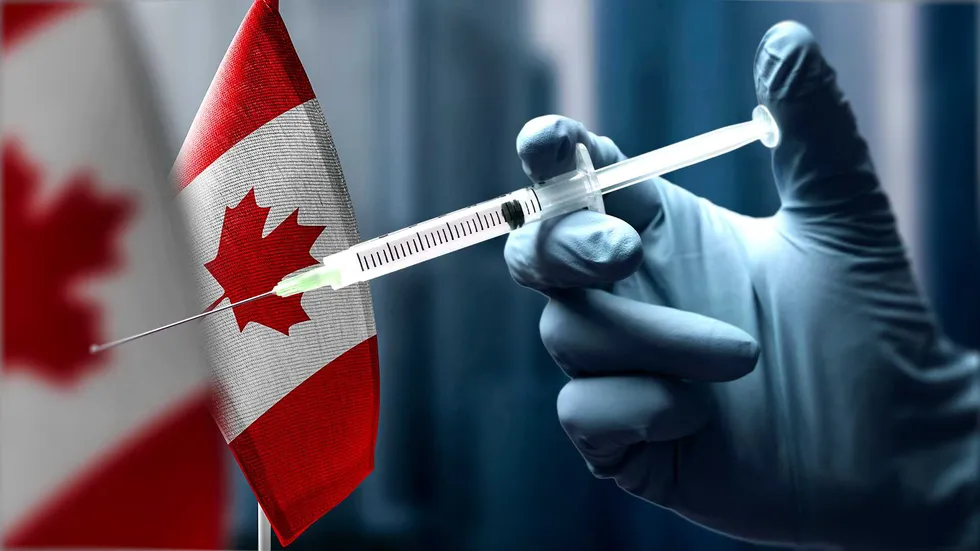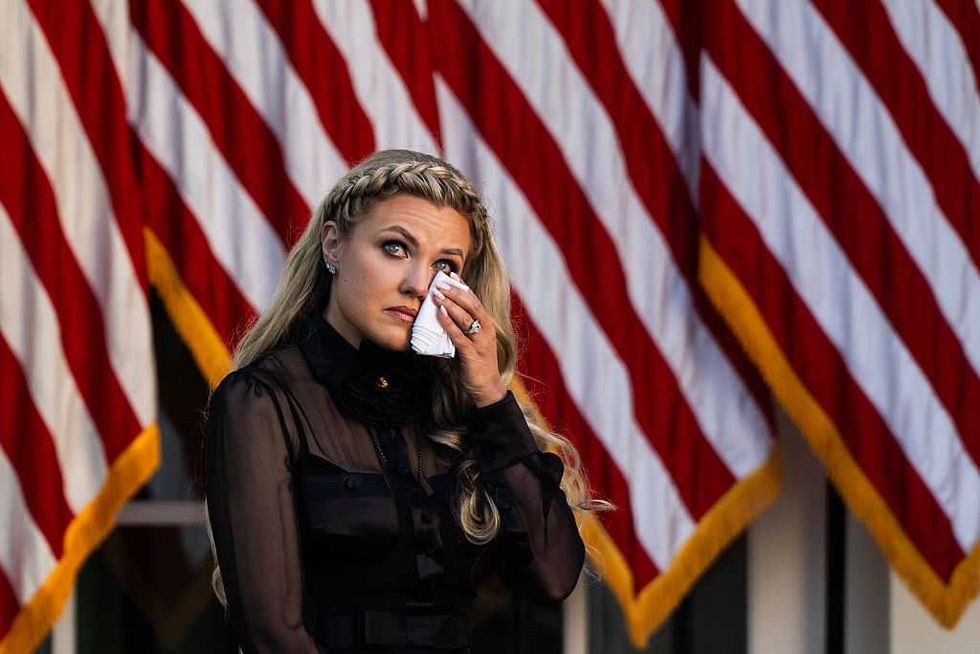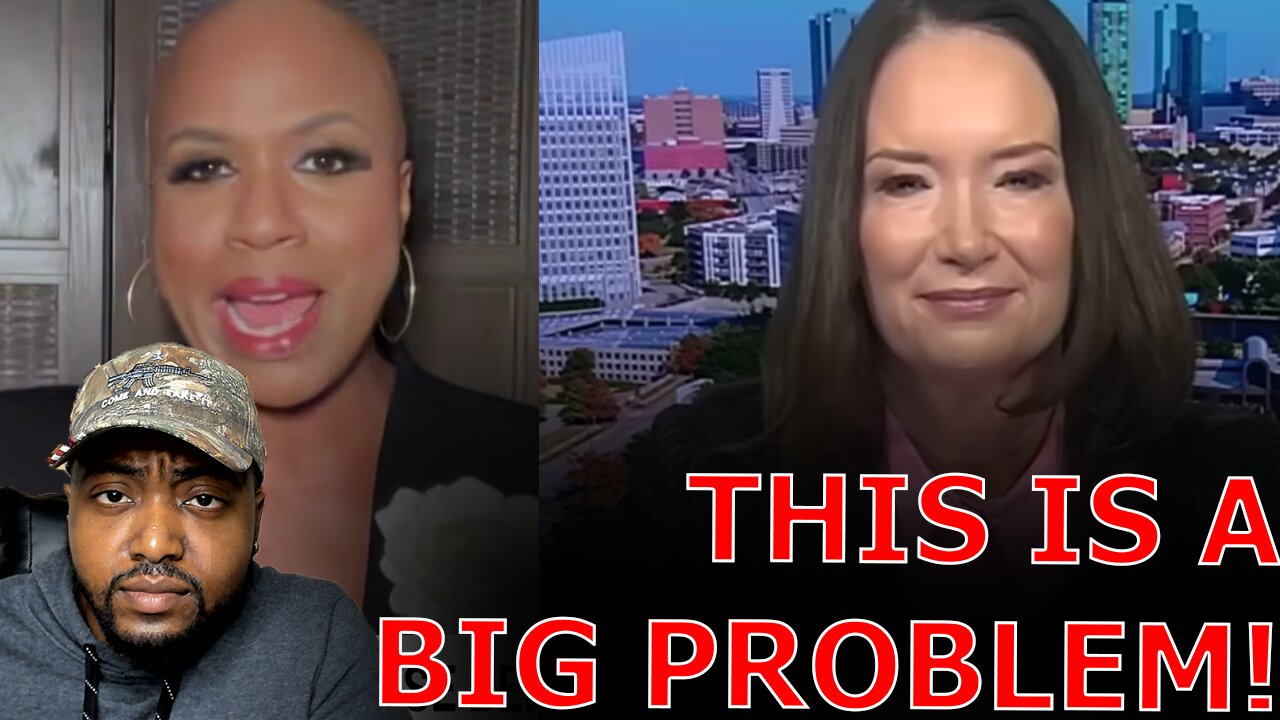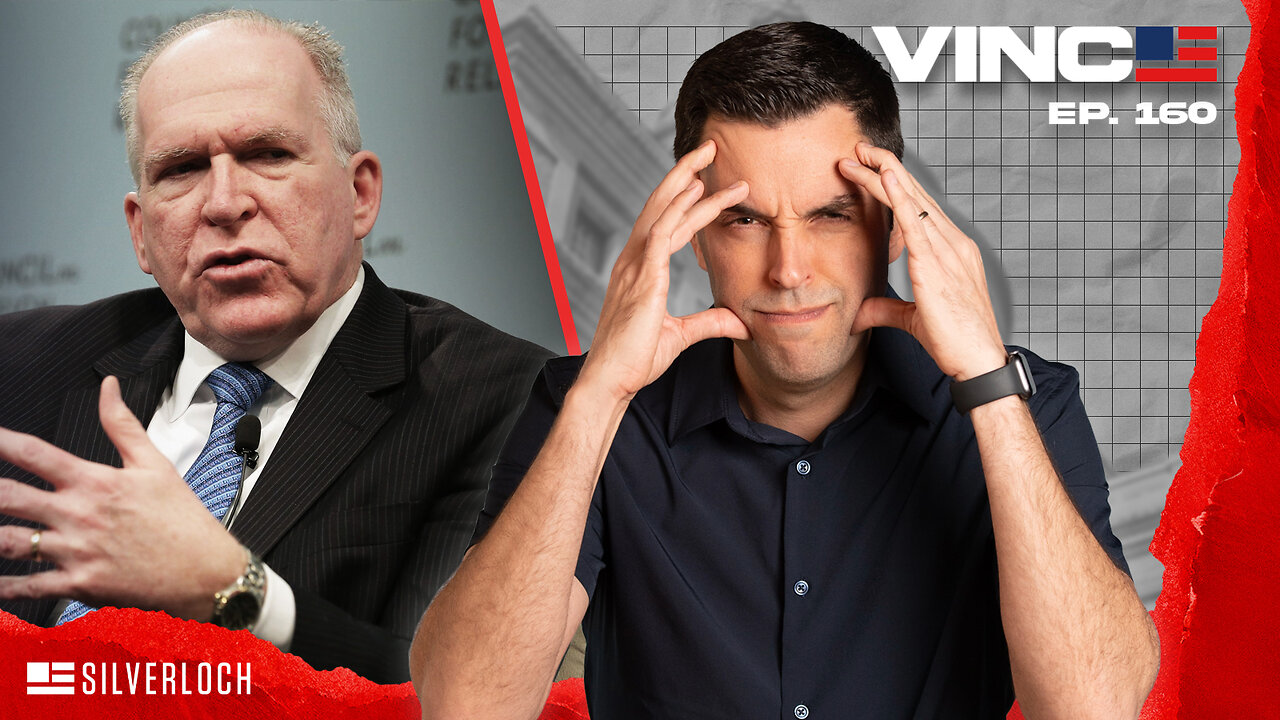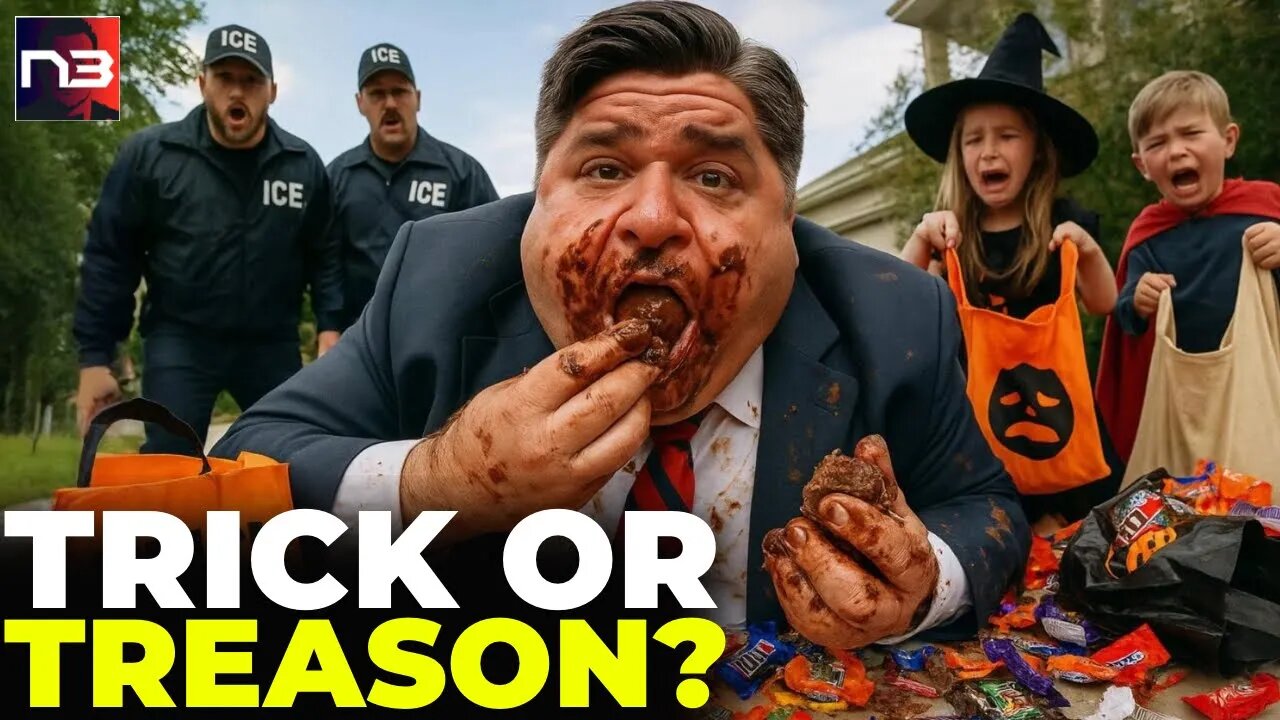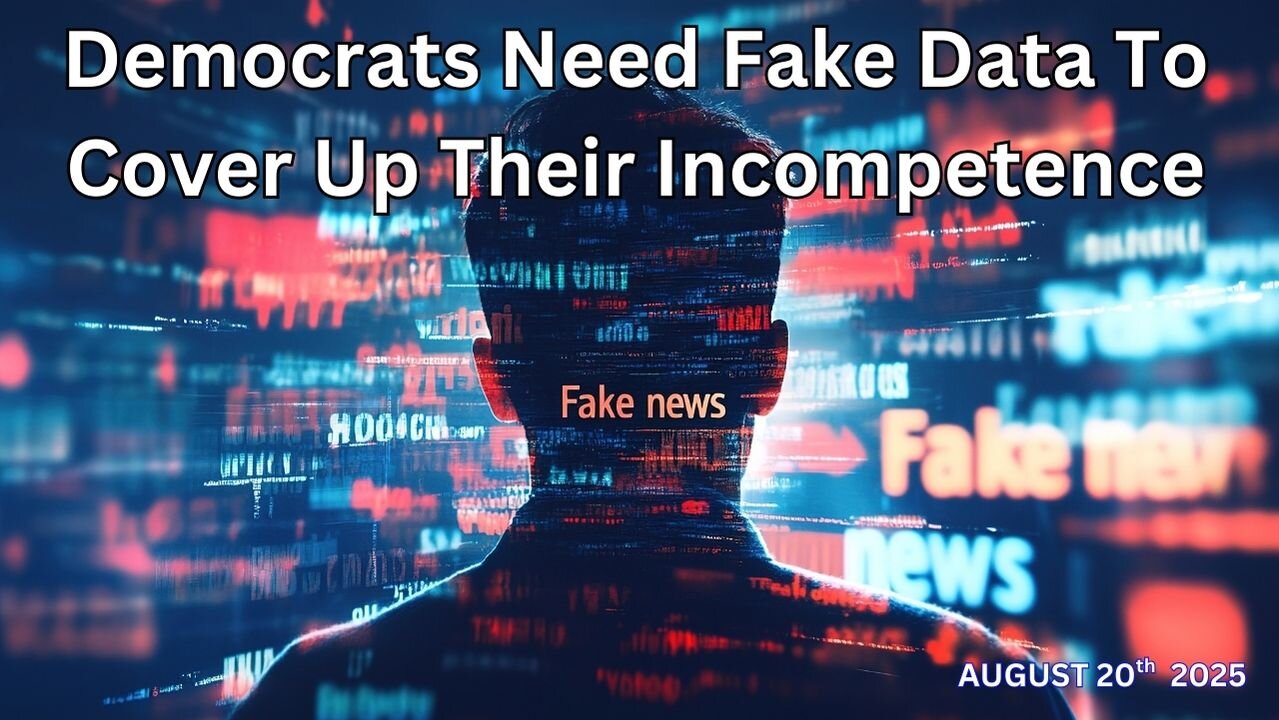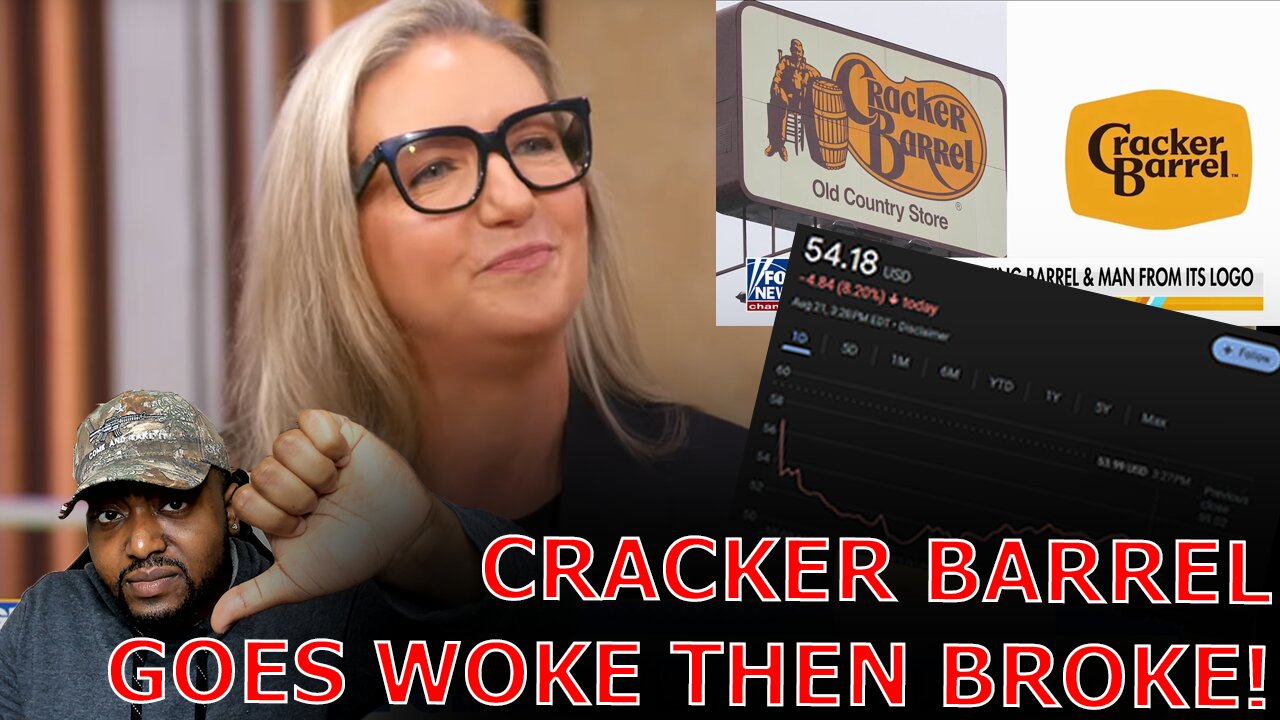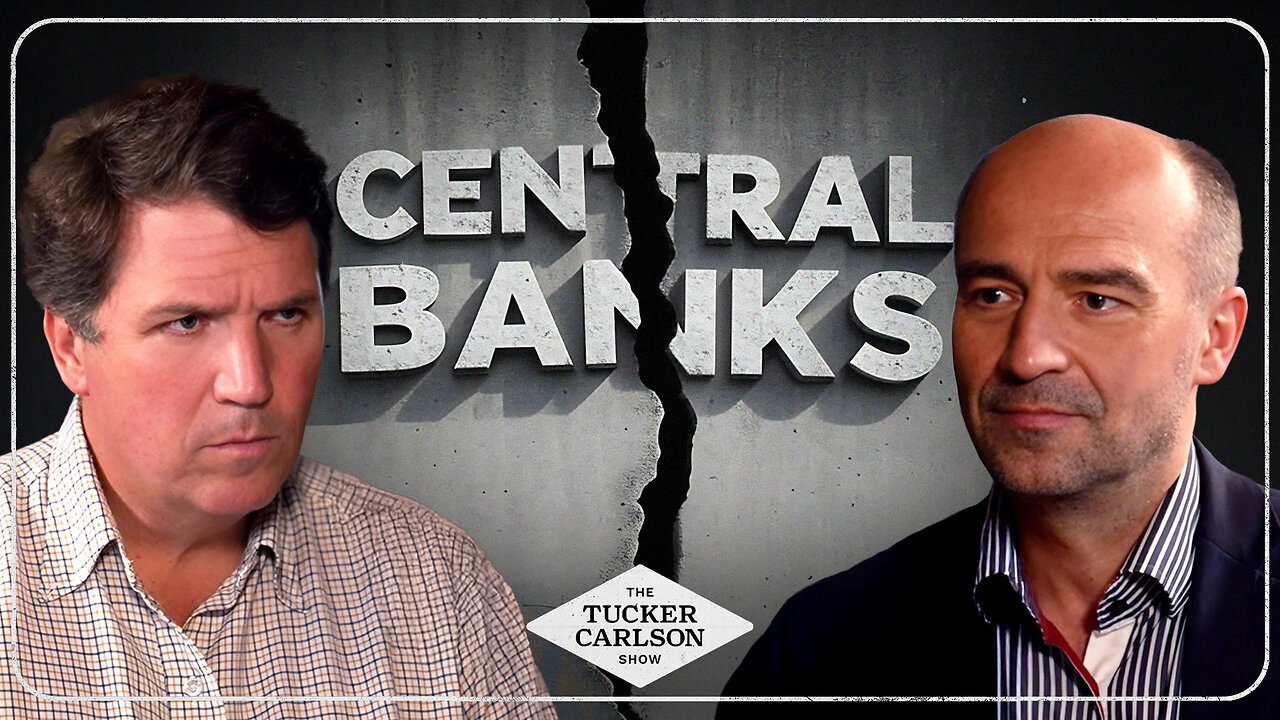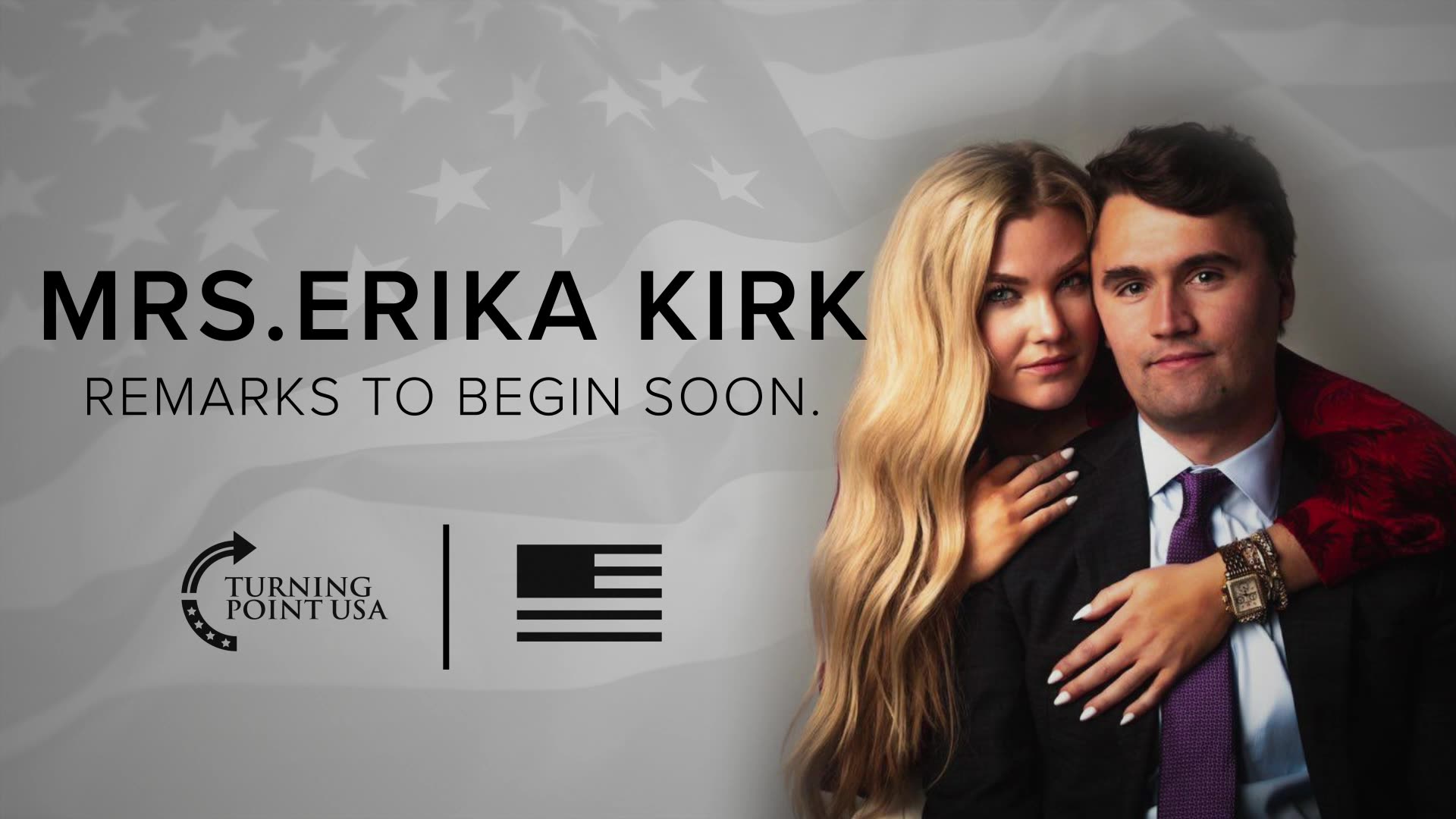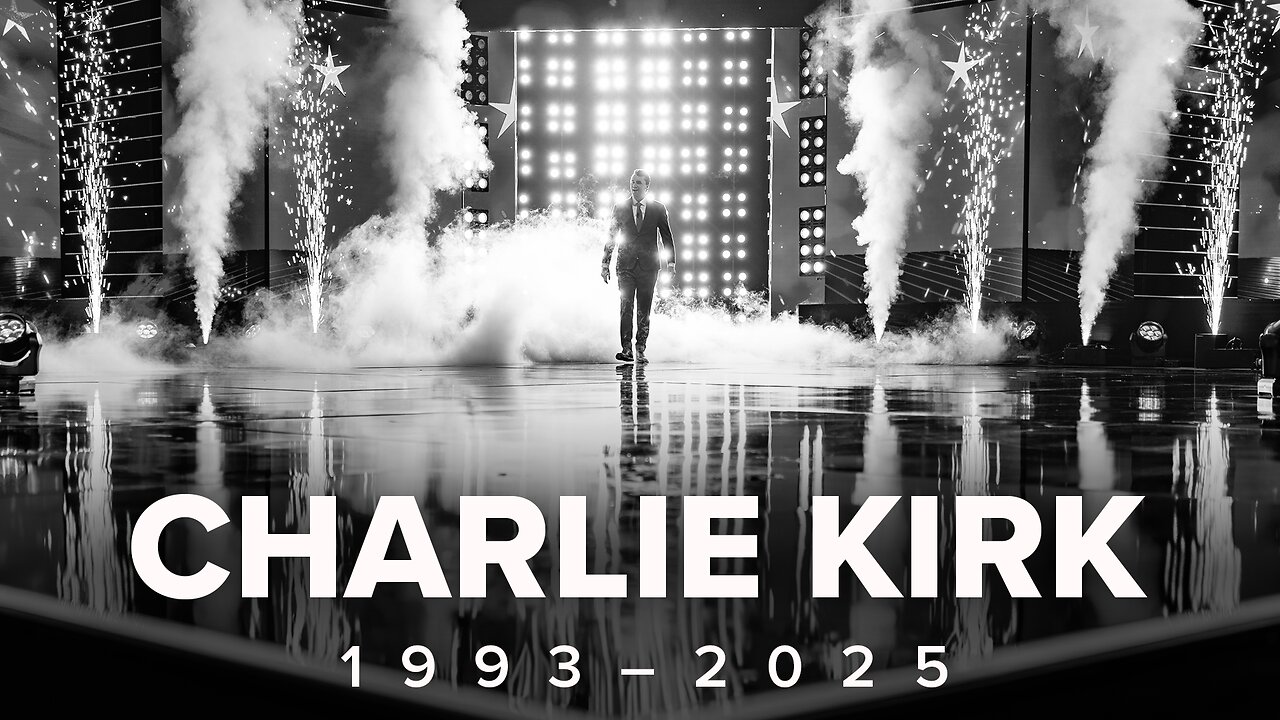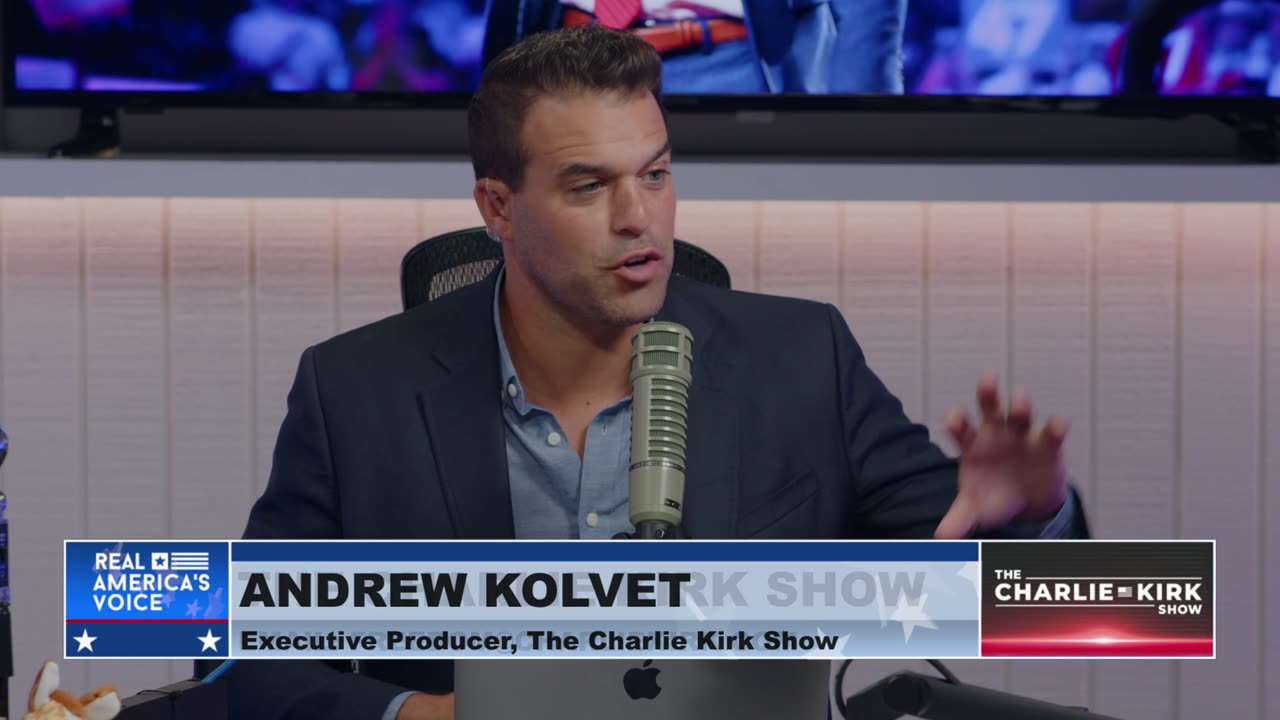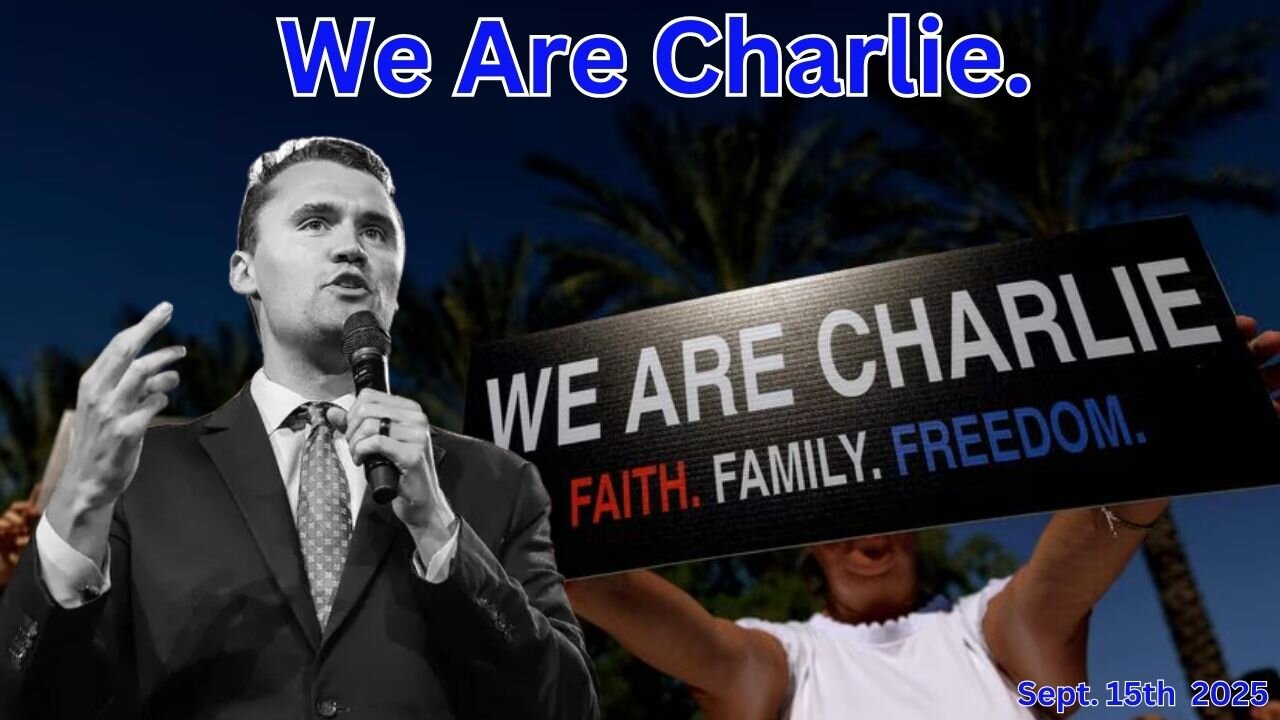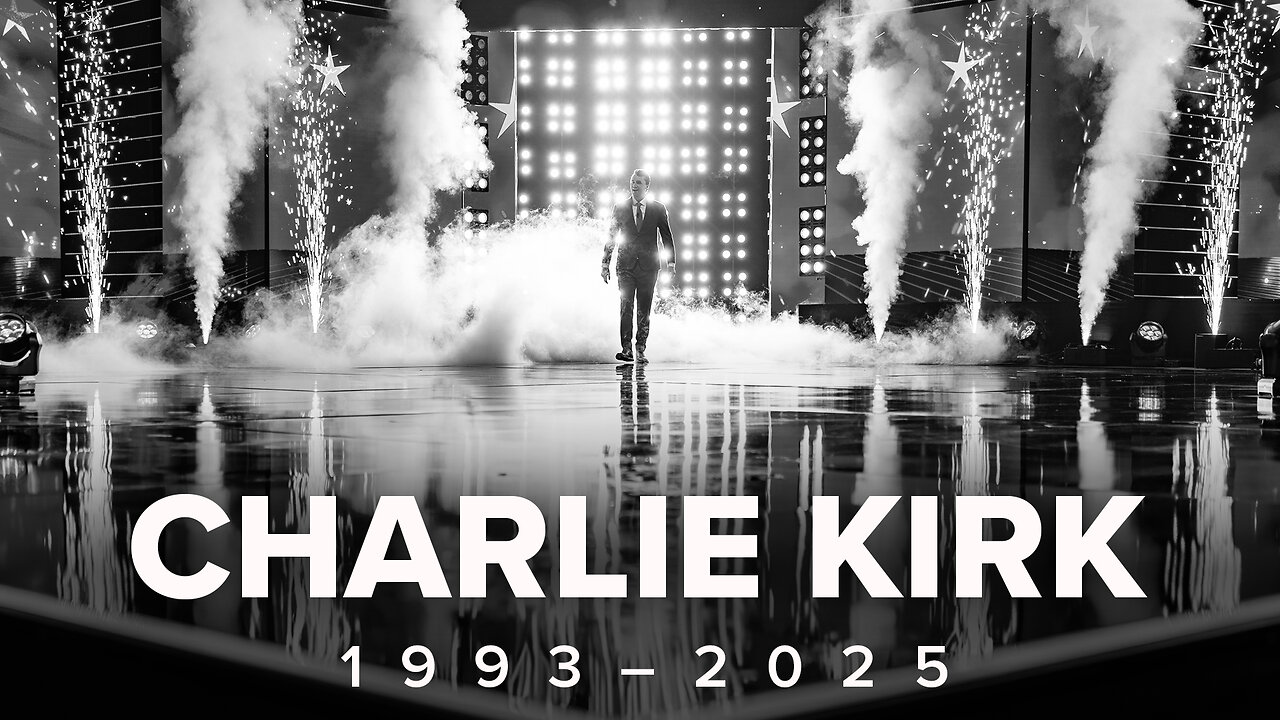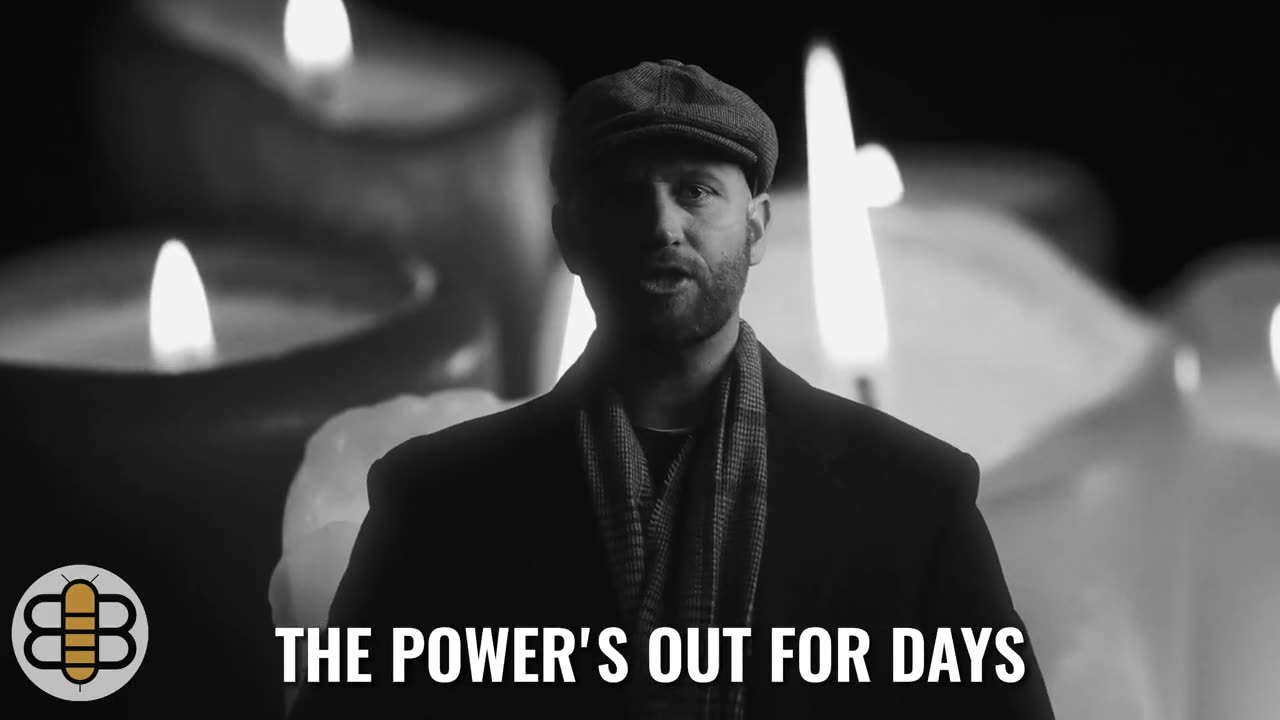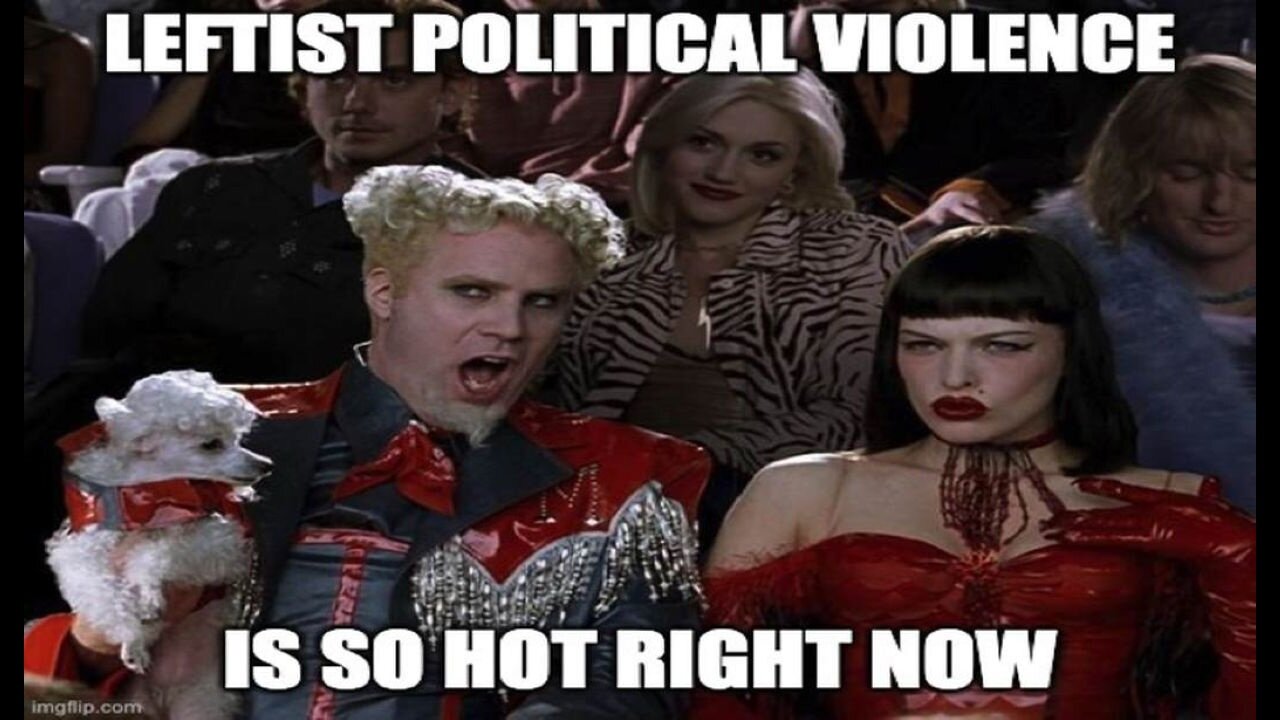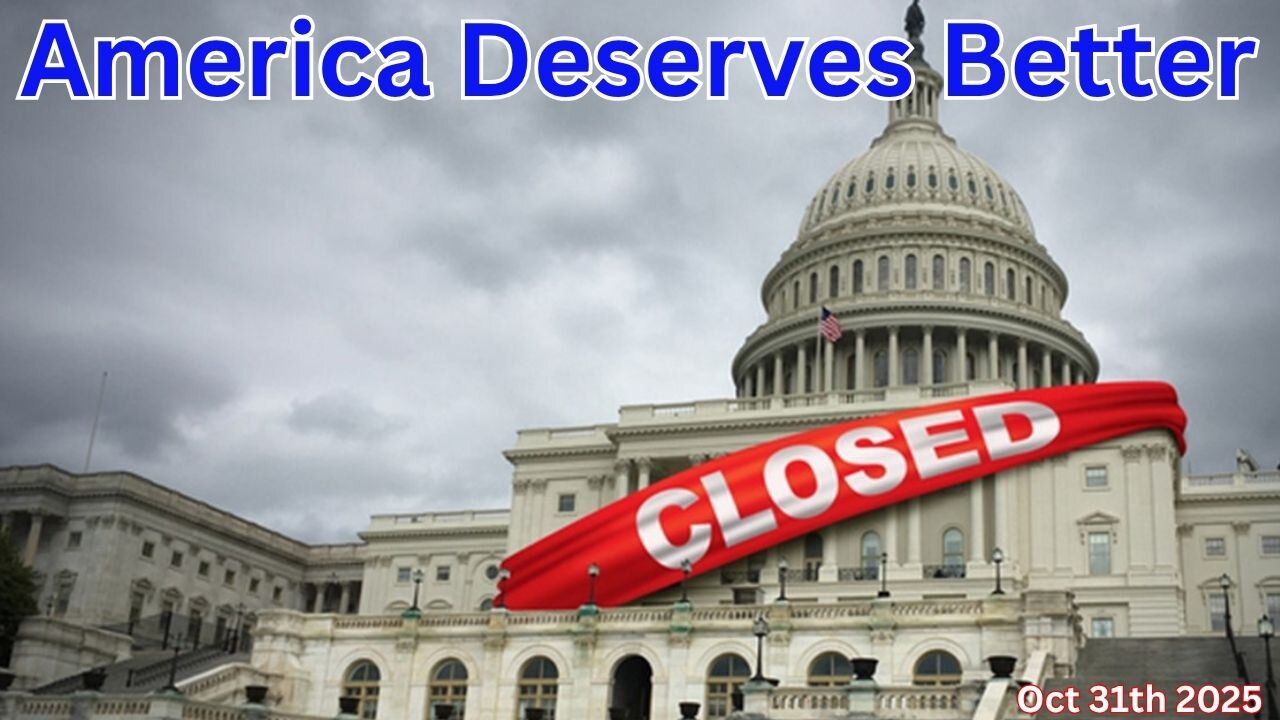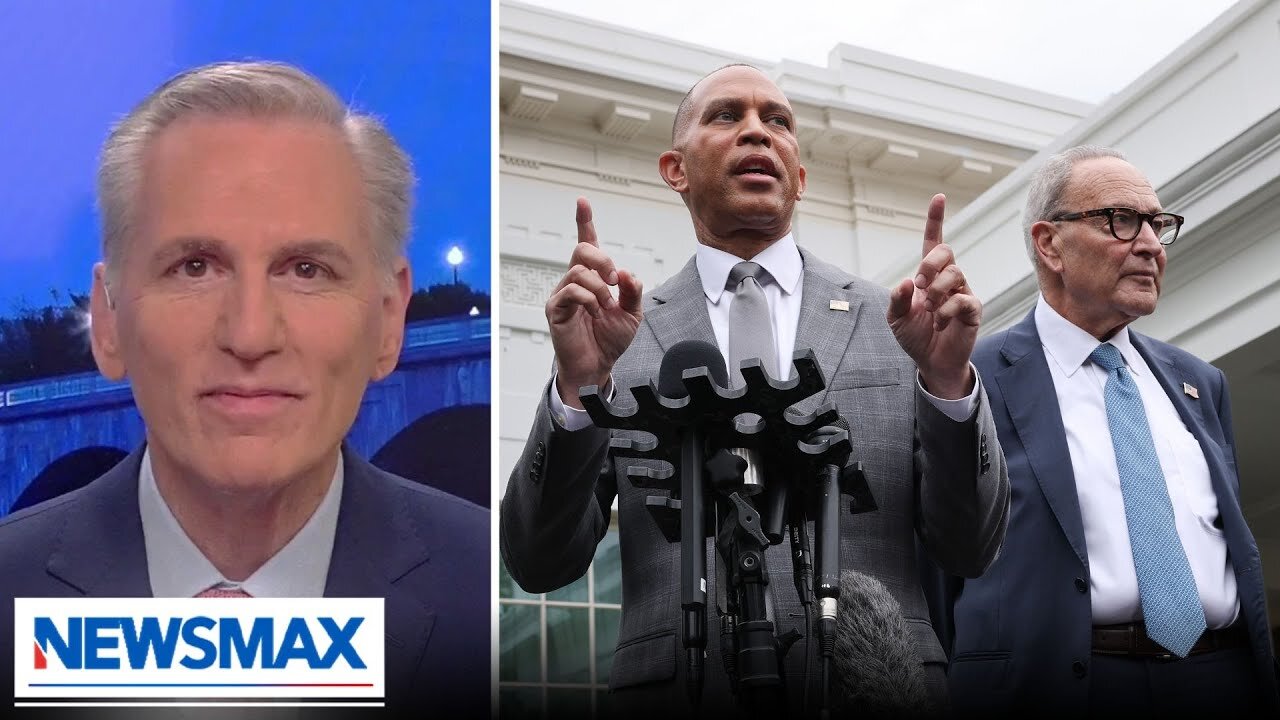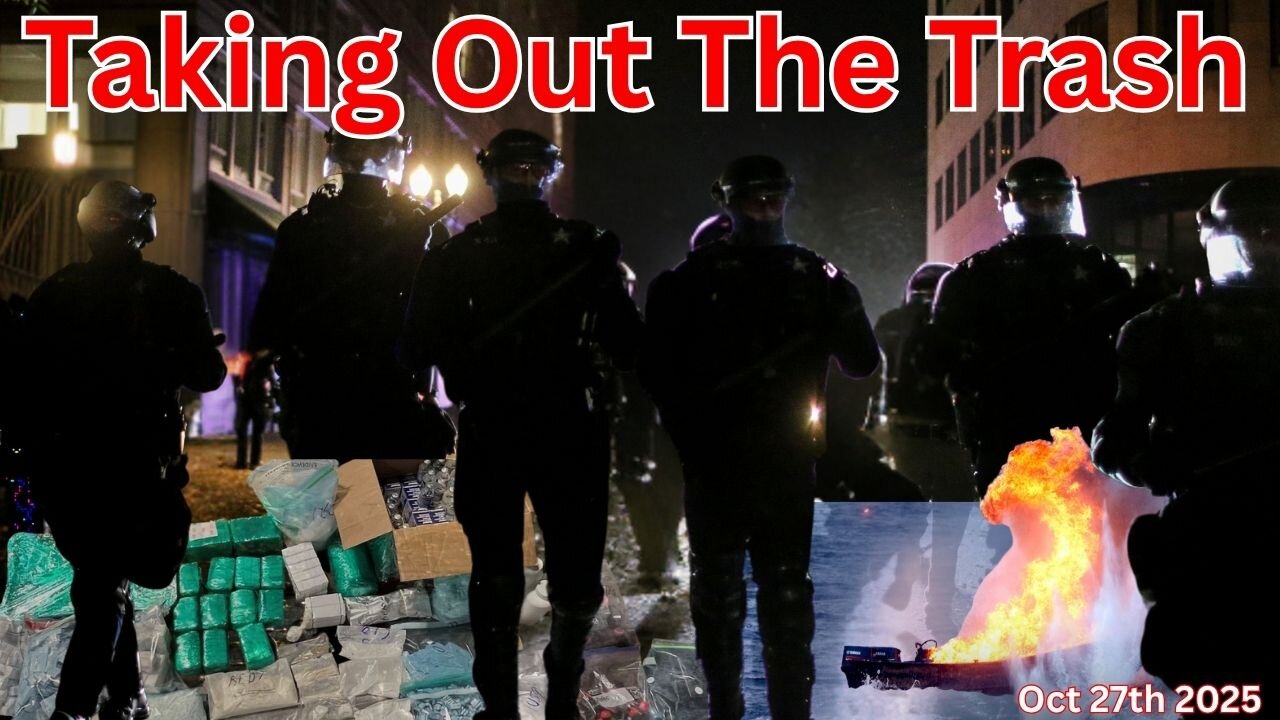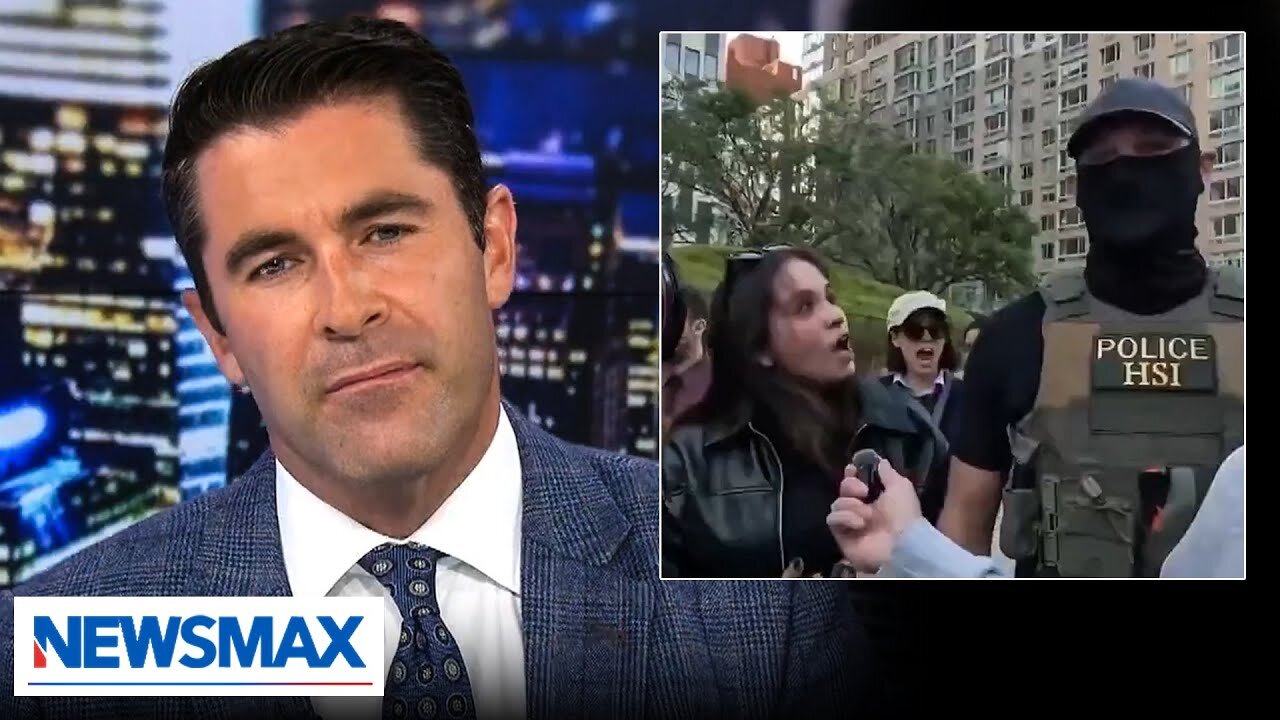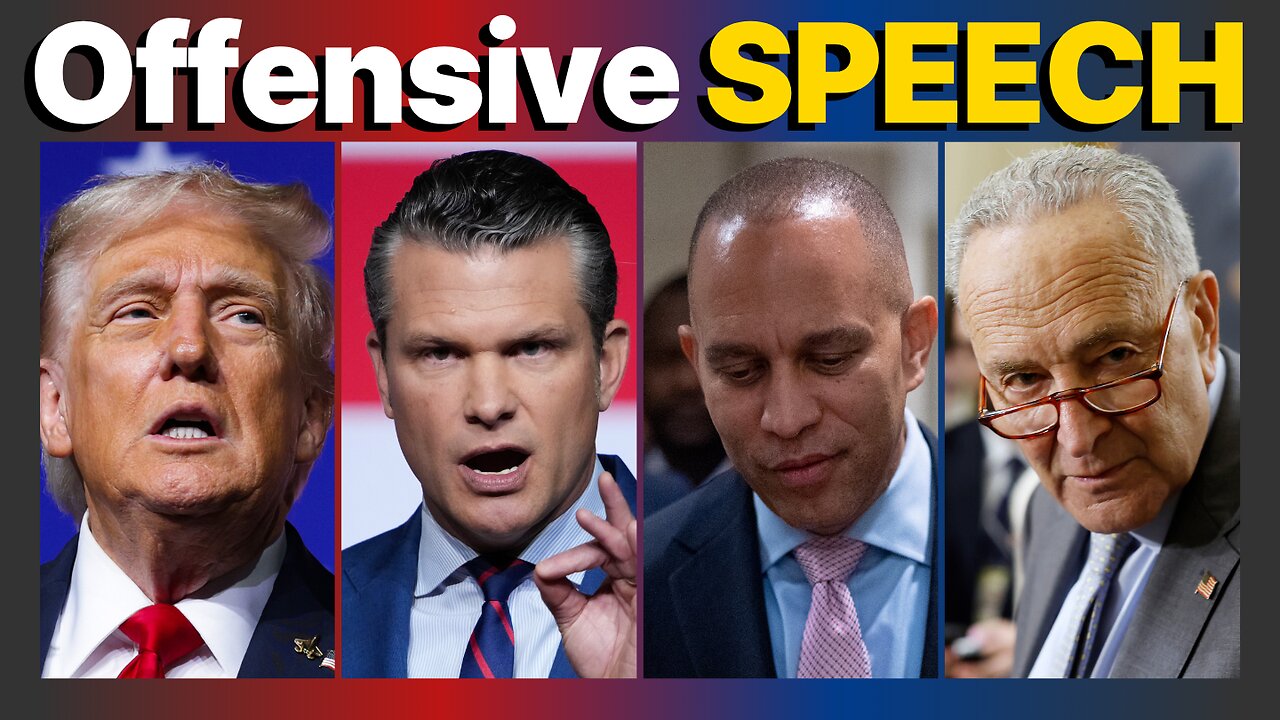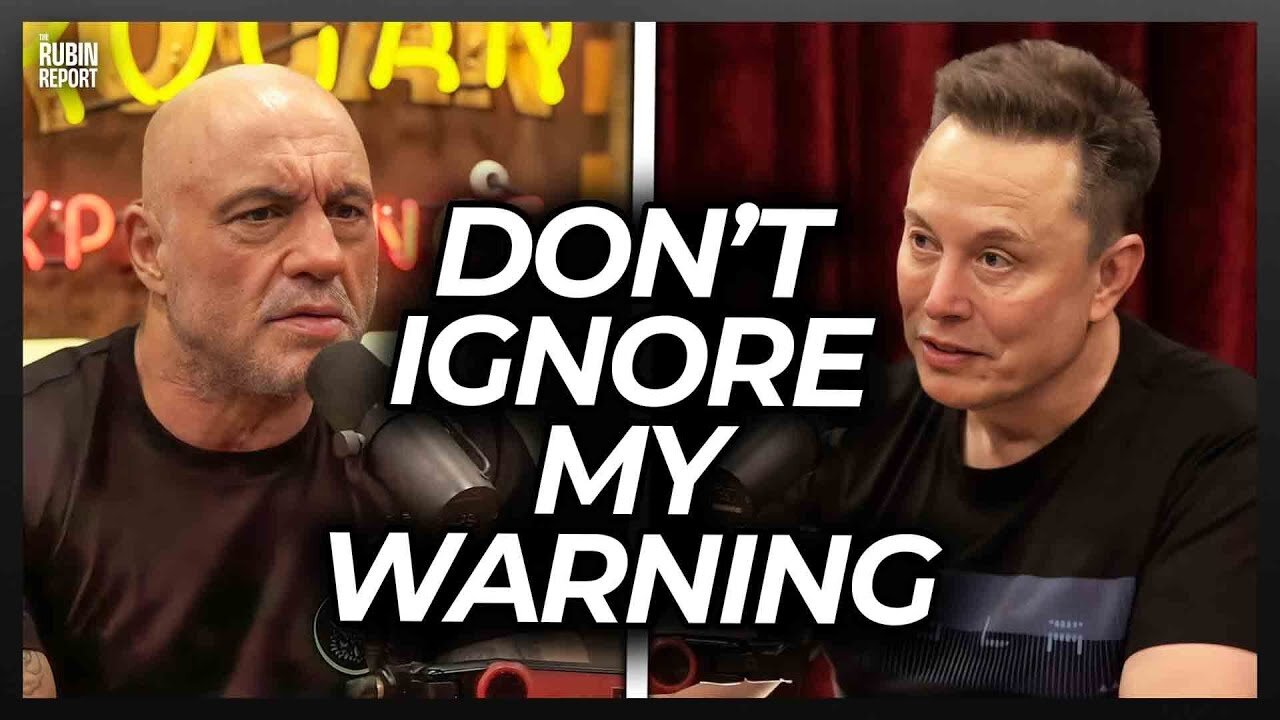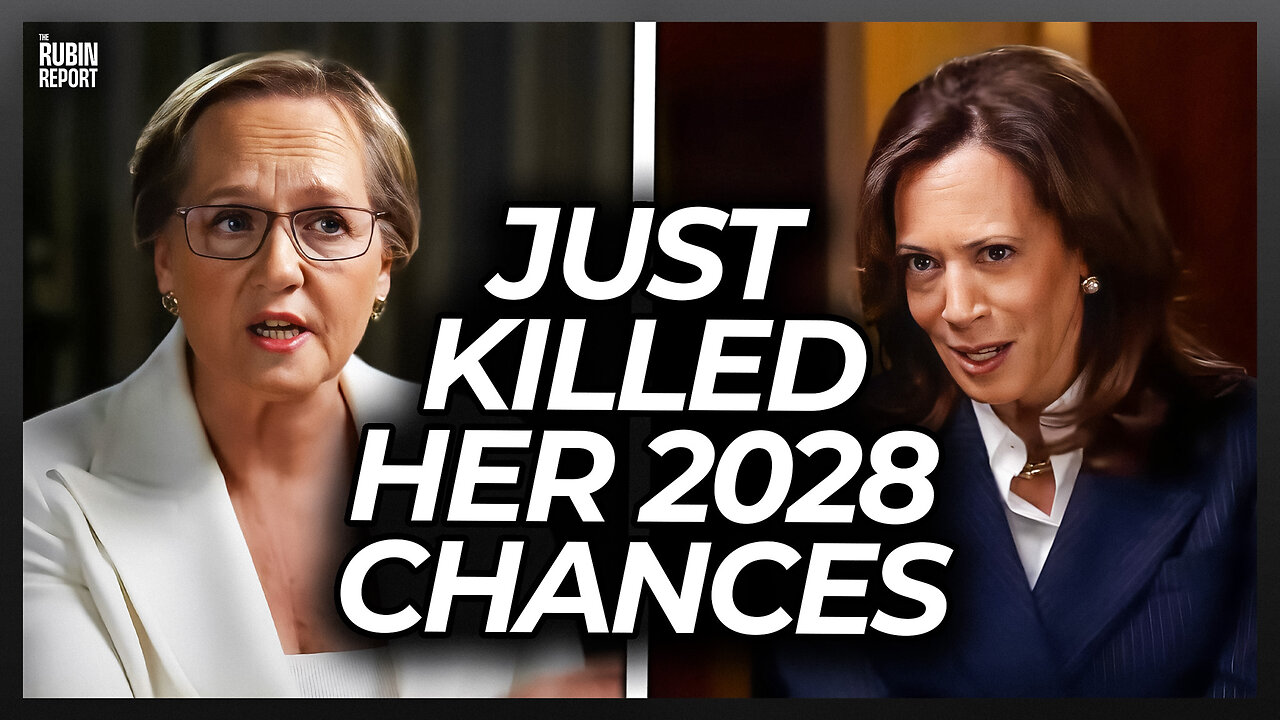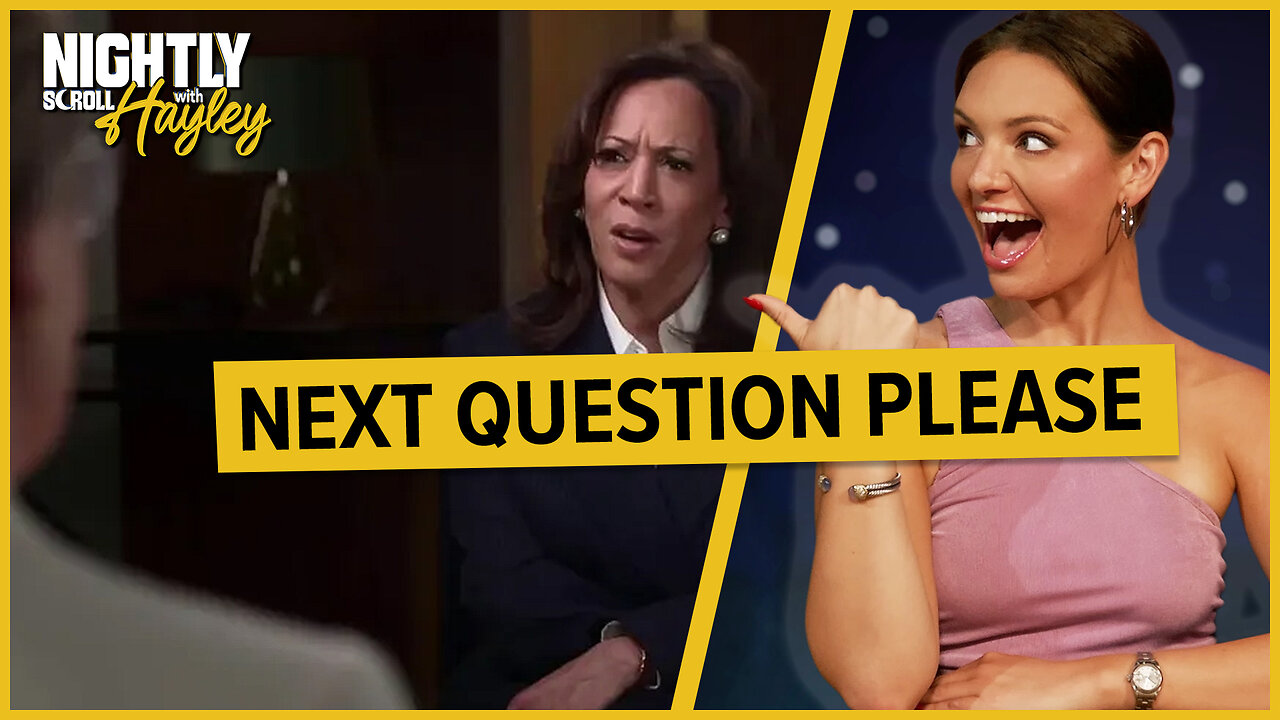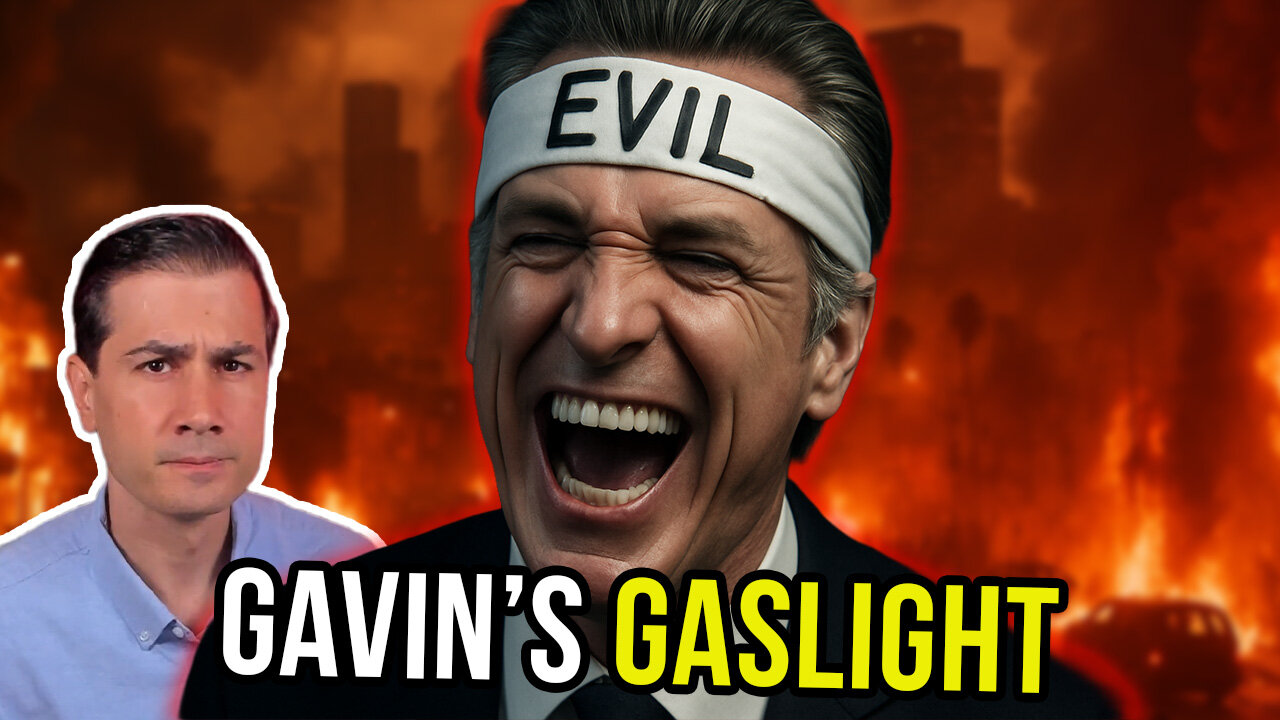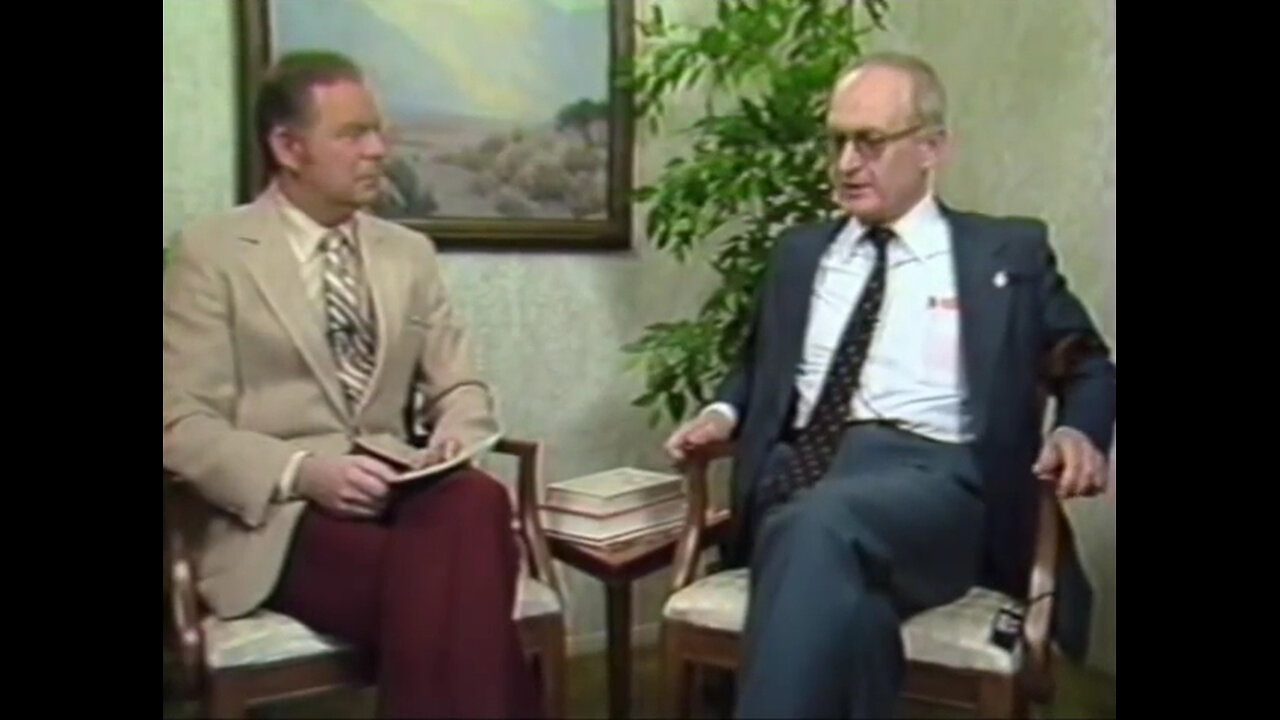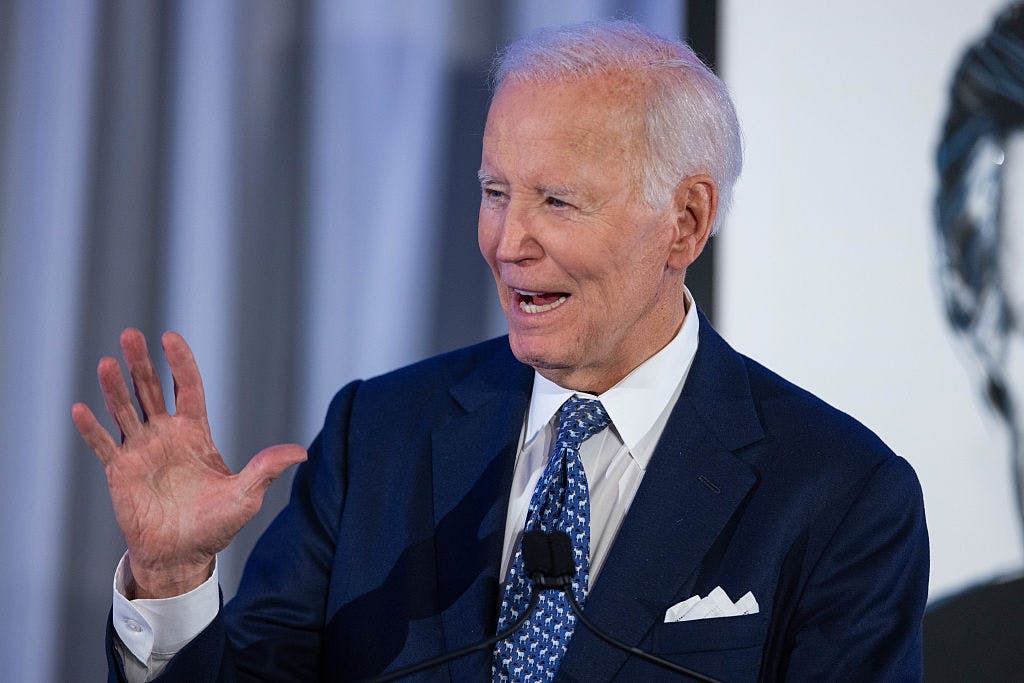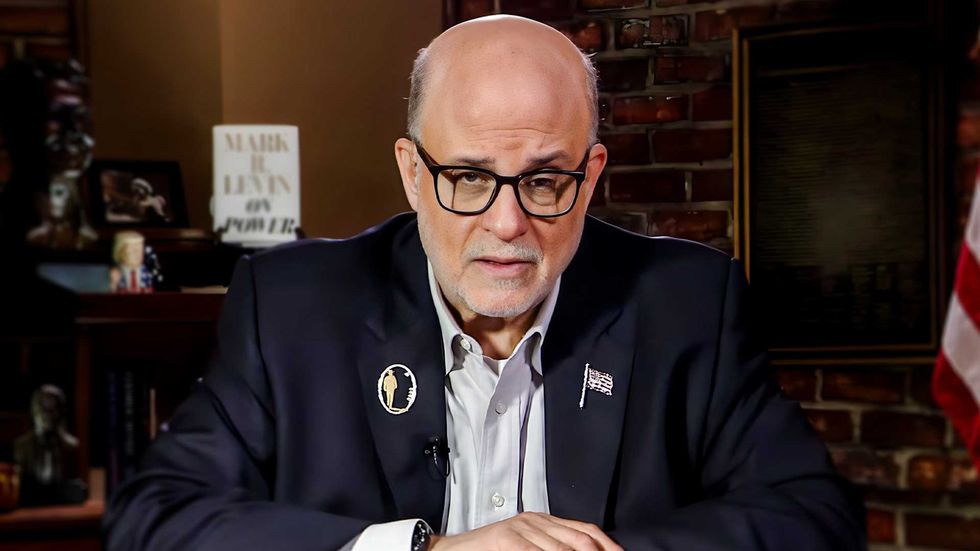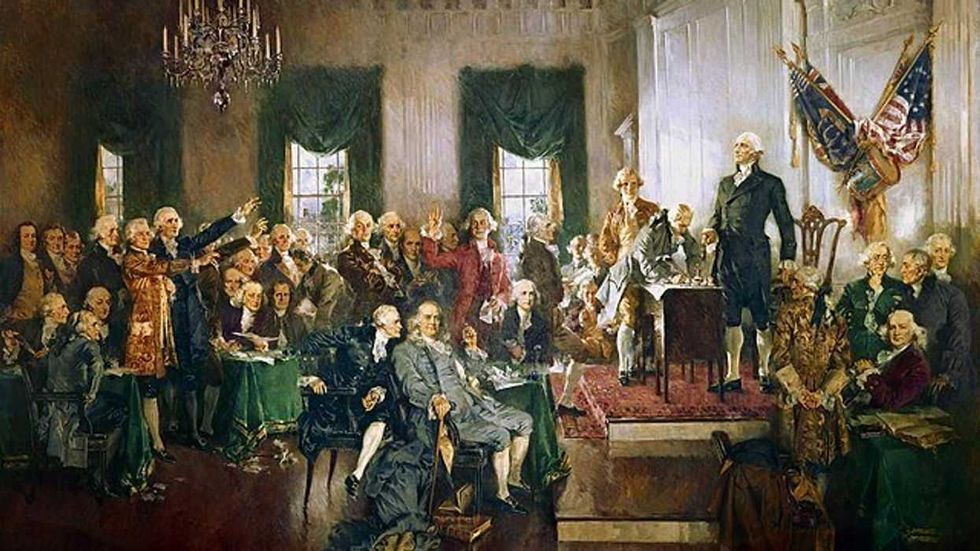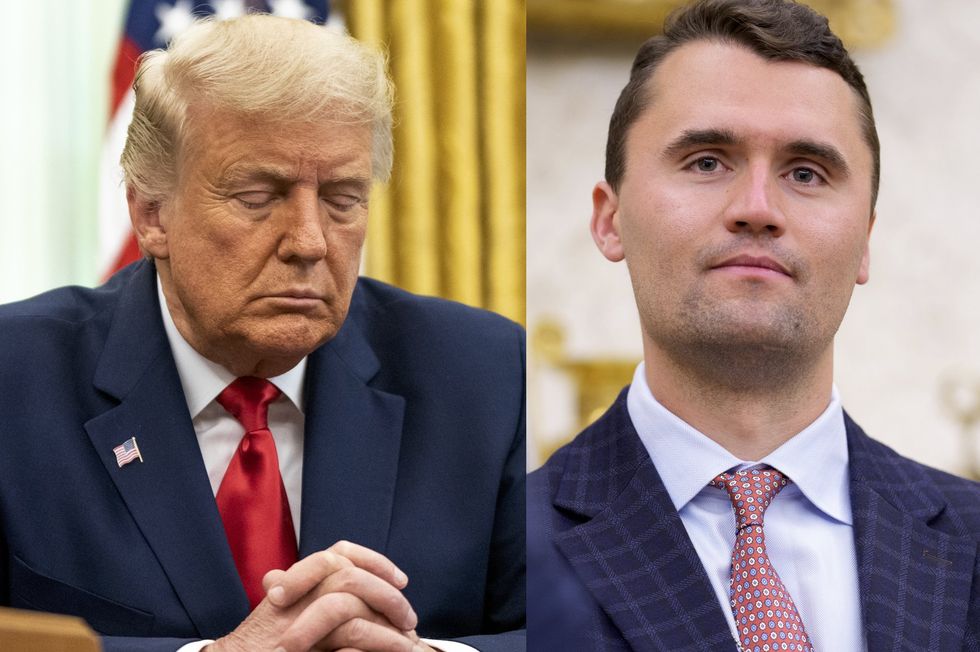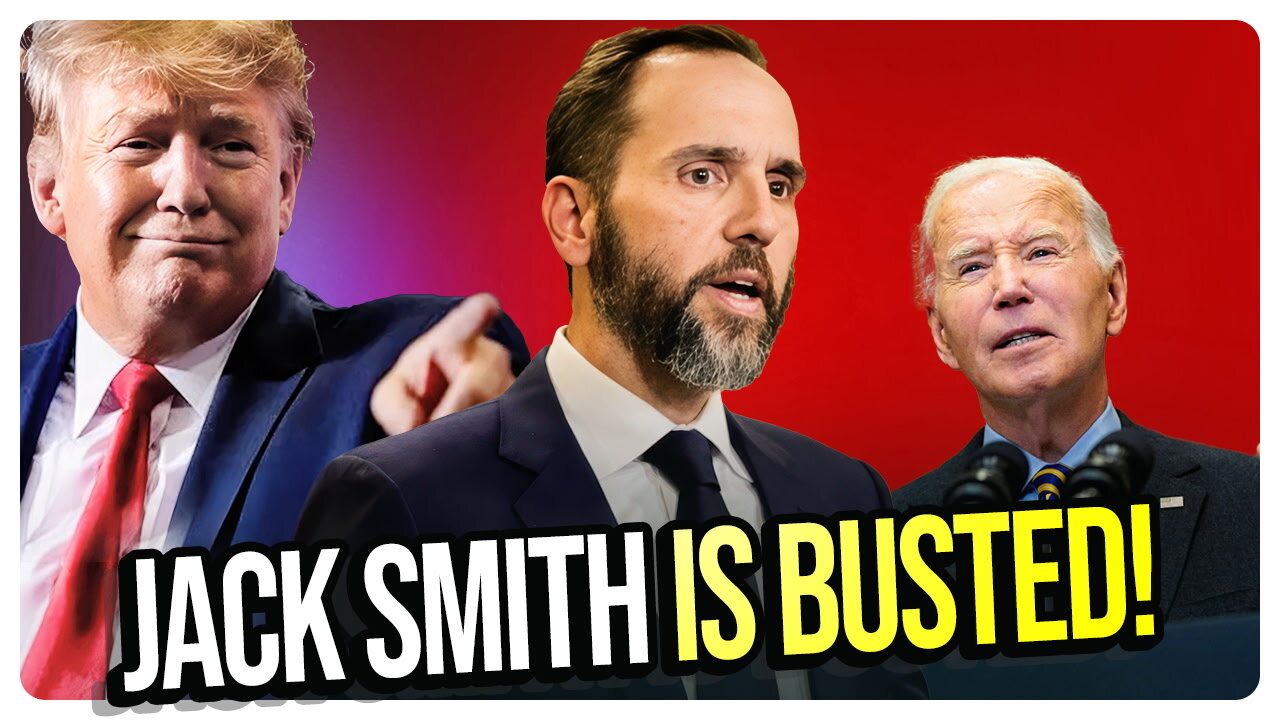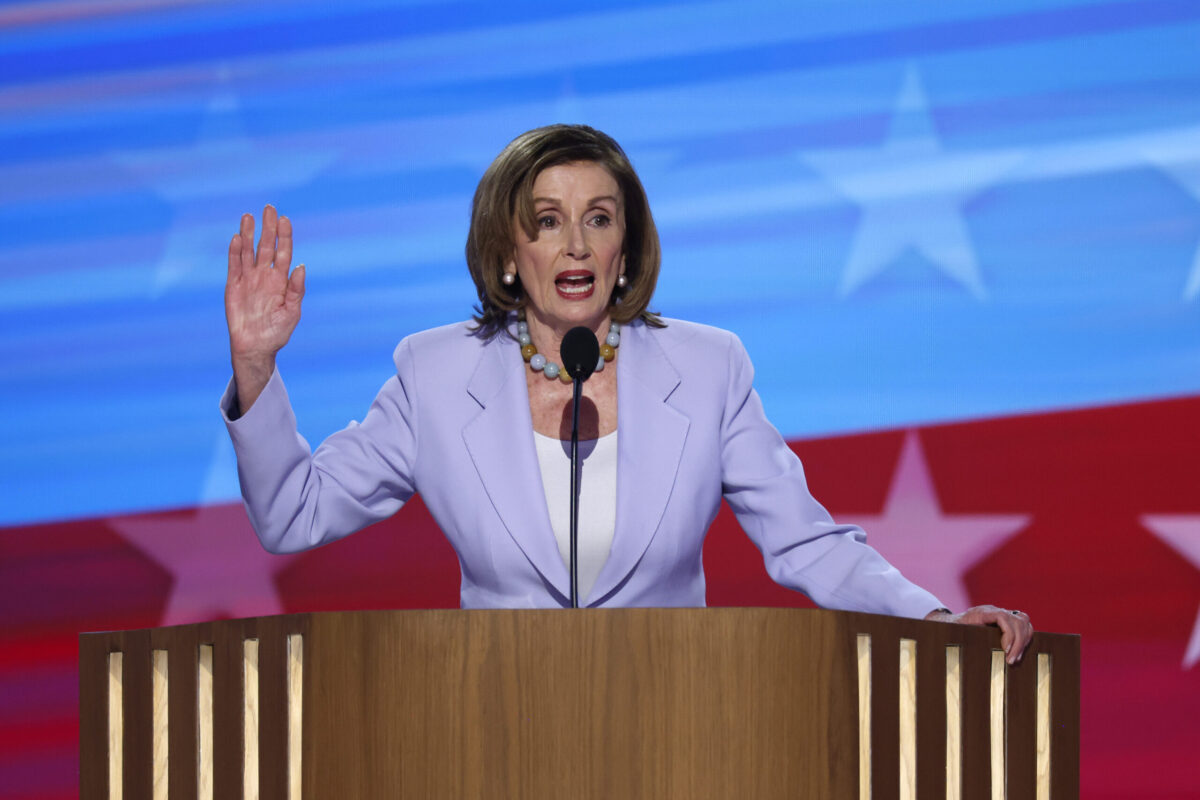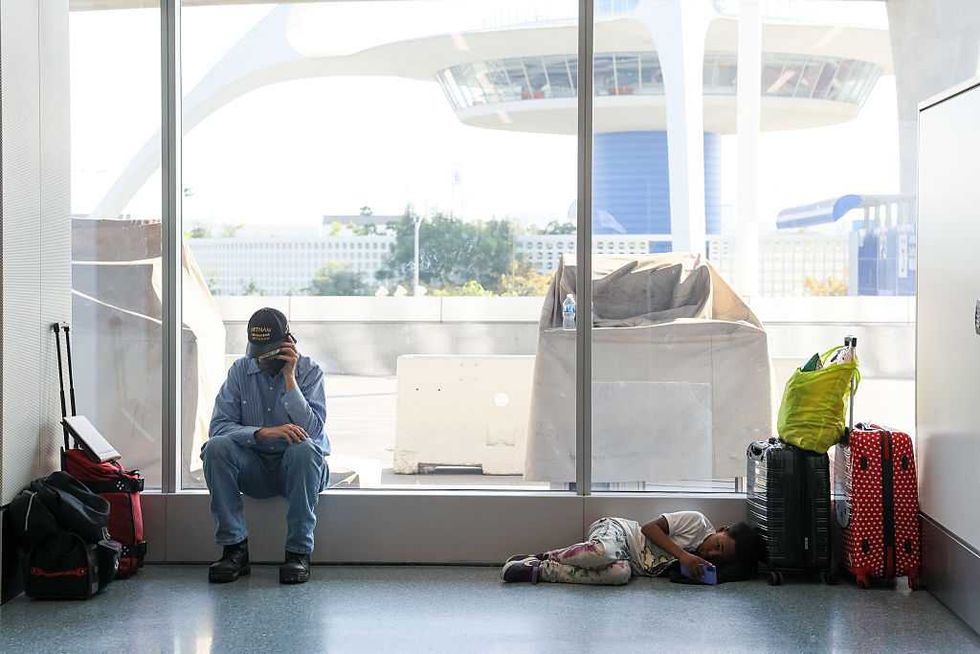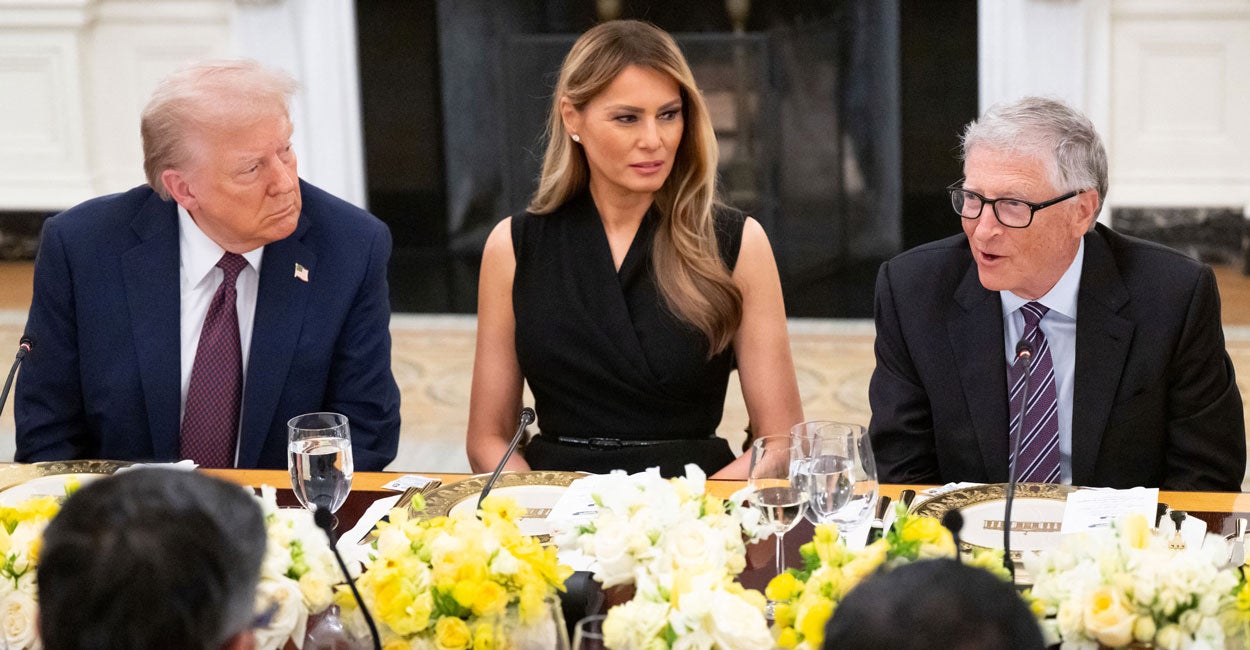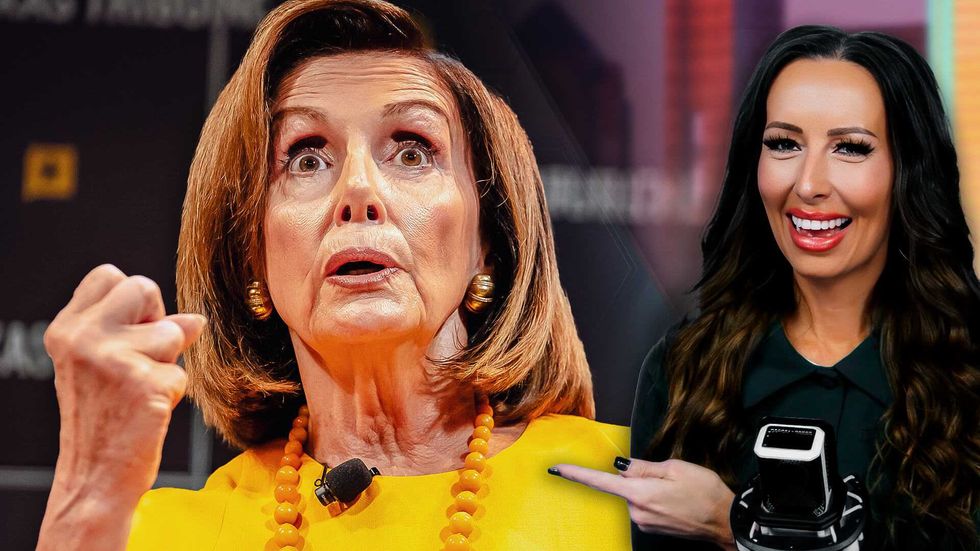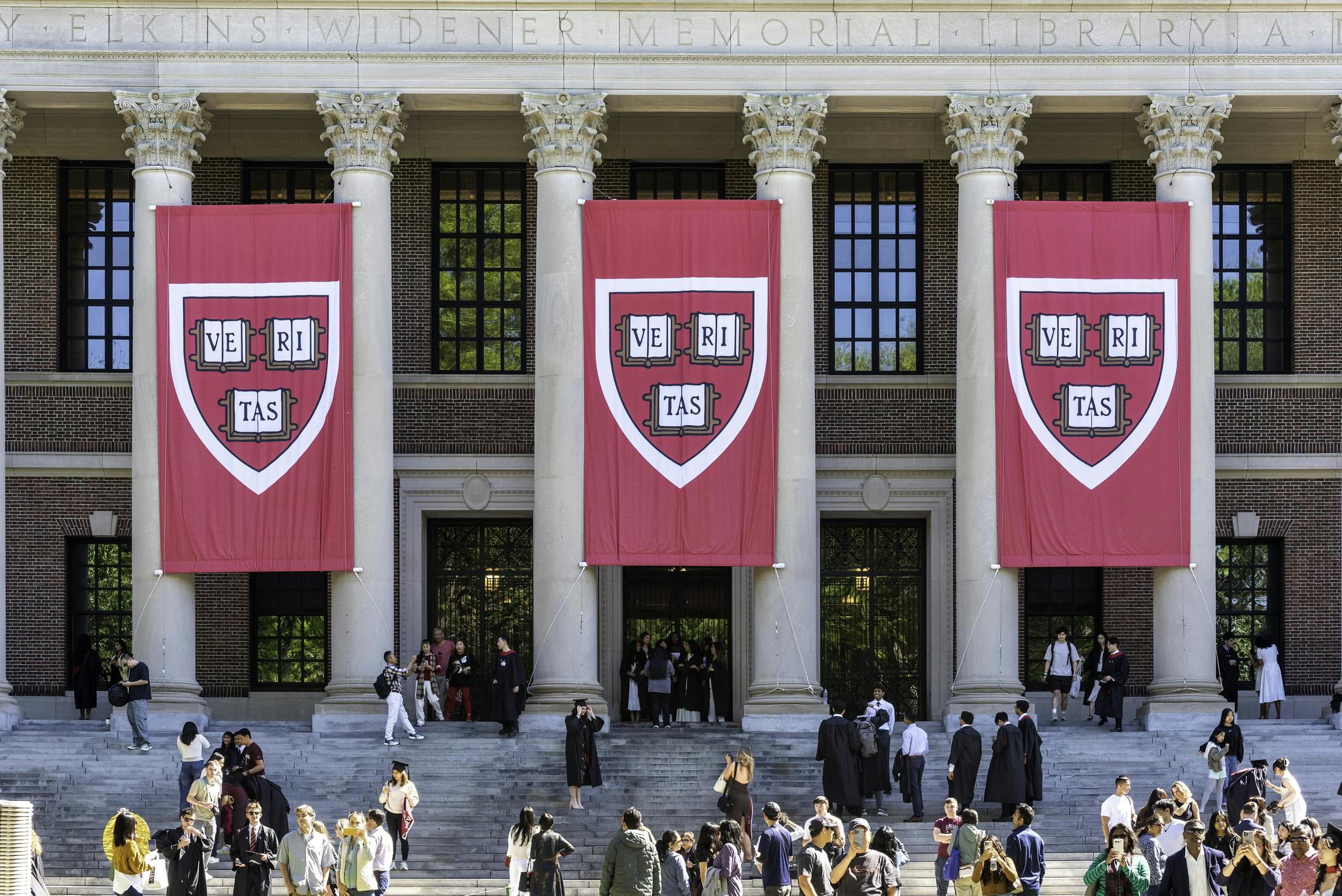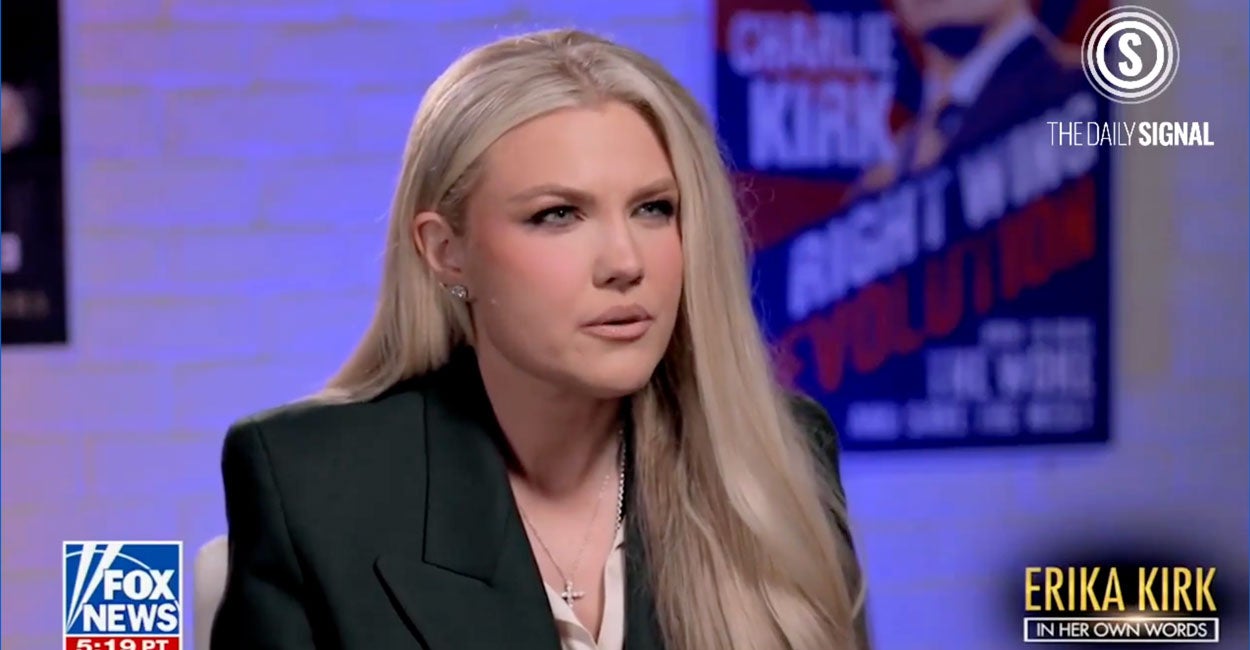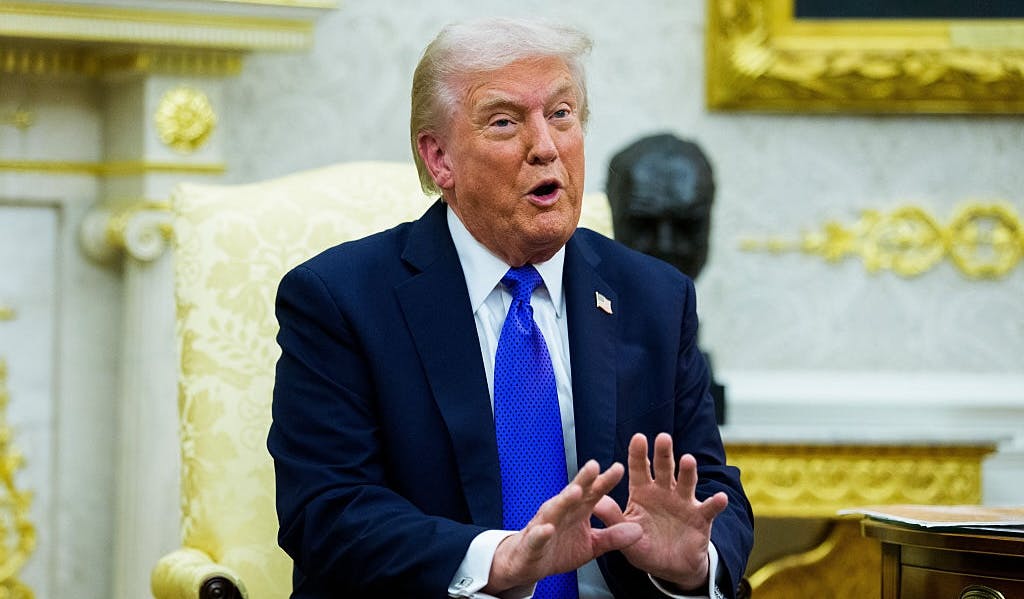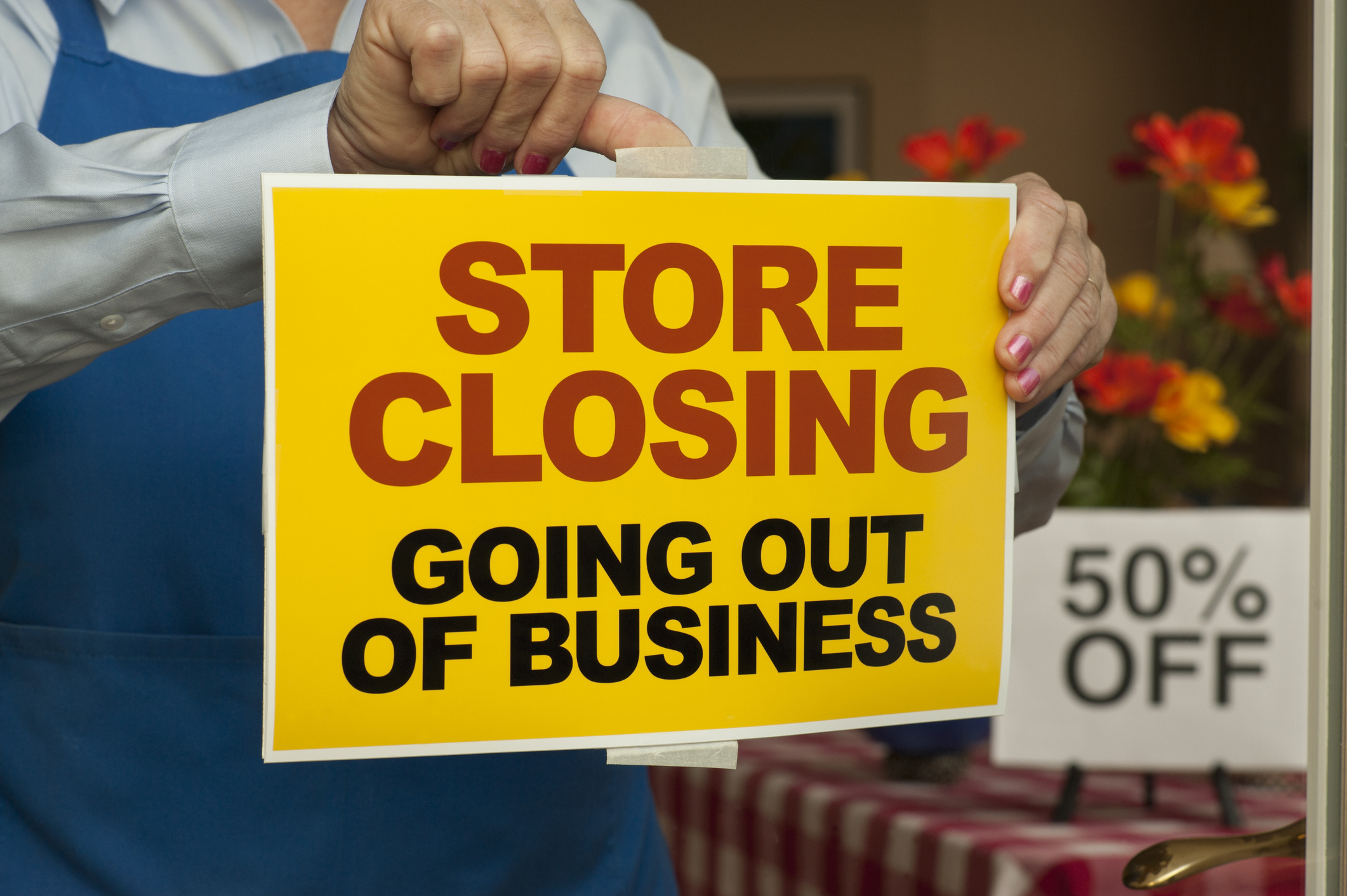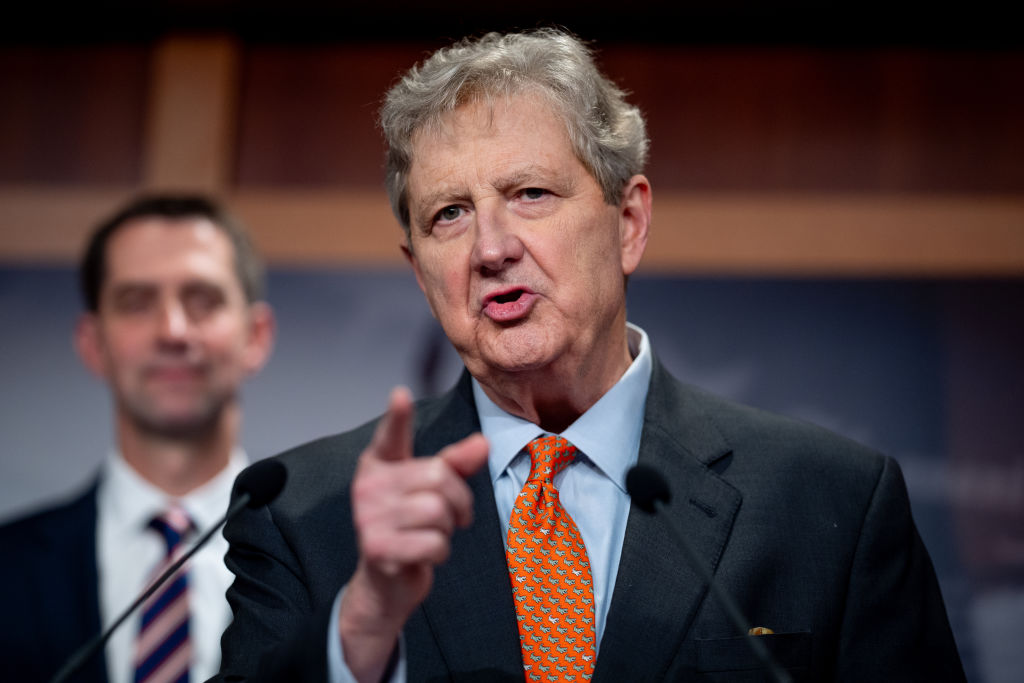An Rx for What Ails the Centers for Disease Control

Seventy-five years of preparation for an outbreak like that of COVID-19—and yet, the CDC still failed to “reliably meet expectations” in addressing the crisis. That’s according to an August 2022 admission from Dr. Rochelle Walensky, President Joe Biden’s director of the Centers for Disease Control and Prevention (CDC).
This admission was stunning, but it was also unavoidable. The agency needs work.
As Walensky conceded, it failed to provide the public and public health authorities with clear and consistent messaging, and it failed to coordinate effectively with other public health agencies. It also failed at collecting and disseminating relevant data in real time to state public health authorities and the public more broadly.
Worse, its school closure guidance and COVID-19 vaccine recommendations (especially for children) were both politicized and incompatible with emerging data and risk/benefit analyses.
Much of the agency’s failure was a direct consequence of decades of congressional inaction. Congress ignored the growing need to strengthen the agency’s public health capabilities and give it the abilities necessary to safeguard our nation’s health.
Even with the onset of COVID-19, the CDC was not the agency designated to lead in communicating daily with the nation. This was a big mistake.
The CDC cannot heal itself. But, by working with Congress, the Trump administration can fix the CDC, reorganizing its structure and refocusing its mission on its primary function: to detect, control, combat, and prevent communicable diseases.
This is an enormous task. Health and Human Services Secretary Robert F. Kennedy Jr. has outlined some initial steps toward this end, but certain additional steps will be necessary.
First, Congress should formally authorize the CDC in statute. The House Subcommittee on Oversight and Investigations, among others, recommended that Congress clarify the CDC’s role and responsibility as the lead federal agency in controlling infectious disease.
At the same time, Congress should end bureaucratic duplication and “mission creep” by transferring certain CDC functions to other agencies within HHS that are better suited to execute them.
For example, the CDC’s health promotion and disease prevention activities should be transferred to the newly created Administration for a Healthy America (AHA). Similarly, its National Center for Health Statistics could be transferred to the Agency for Health Quality Research, and its biomedical research should be transferred to the National Institutes of Health (NIH).
Congress also needs to target sufficient funding to establish and maintain a real-time national public health data system—one which lawmakers should then vigilantly oversee to ensure its efficient functioning. Congress previously attempted this under my (Robert Redfield’s) tenure as CDC director, but it invested too little to accomplish the mission.
Congress and the administration must also improve and upgrade the reporting of adverse vaccine events. Today, CDC and the Food and Drug Administration (FDA) jointly administer the Vaccine Adverse Event Reporting System (VAERS). But this system is defective in that it relies on unverified patient self-reporting, making it incapable of determining a causal relationship between vaccines and specific injuries.
Fixing this system is key to combating today’s dangerous vaccine hesitancy and rebuilding the public’s confidence in vaccines. But the solution requires both accurate information and rapid response.
Given its long experience and institutional responsibility for determining drug safety and effectiveness, the FDA (which, unlike the CDC, is a regulatory agency) should be given sole responsibility for post-market vaccine surveillance. Congress should ensure that FDA has the necessary capacity to monitor adverse vaccine events and intervene quickly to protect the public from vaccine injuries.
While some responsibilities should be reassigned from the CDC to other agencies, other tasks should be restored to it.
In keeping with the CDC’s primary mission, Kennedy rightly decided to restore management of the Strategic National Stockpile (SNS)—the national repository for medical equipment and supplies—to the CDC.
In 2018, the SNS was taken over by the Administration for Preparedness and Response, a subagency within HHS. But the Government Accountability Office (GAO) soon determined that its management of the SNS was deficient.
Unfortunately, the problems with the SNS spanned both Democratic and Republican administrations. These problems, particularly insufficient inventories, contributed to the shortage of critical supplies early in the COVID-19 pandemic.
Pursuant to Kennedy’s direction and effective congressional oversight, the restoration of the CDC’s management of the Strategic National Stockpile will improve the nation’s readiness to cope with the next pandemic. With the appropriate inventories of critical medical supplies, medications, and equipment, we can avoid a repeat of the COVID-19 failures.
Another way to improve the performance of the agency in a pandemic is by transferring the CDC headquarters from Atlanta to Washington, D.C. In a national medical emergency, the director of the CDC should have immediate face-to-face access to the president, the HHS secretary, and other federal officials, as well as congressional leadership. Time-consuming travel, Zoom calls, or other online communications will not suffice for the kind of deliberation and debate necessary to forge complex and timely policy responses during a pandemic.
The CDC is dominated by career officials, but policy development requires prudent judgment—not just managerial, technical, or scientific expertise—to calibrate a careful balance of competing public goods. Therefore, the Trump administration should increase the number of non-career or “political” appointees to assist the director in formulating, communicating, and executing agency policies.
The administration should also decentralize agency operations to enable better federal-state communication and data sharing. During the pandemic, the CDC didn’t just fail to communicate effectively with state public health officials, it also frequently failed to get on-the-ground information from states and localities.
As professor emeritus Donald F. Kettle at the University of Maryland observed, “In the U.S., there simply wasn’t any mechanism for collecting nationally what the states and their cities were learning, and that handicapped the American response. In fact, one of the most profound American breakdowns was the failure even to recognize that this was an essential question in desperate need of a solid answer.”
Beyond improvement in the CDC’s data collection and dissemination, we should also facilitate more direct interaction between the CDC and state agency staff. We should establish CDC offices in states and major cities so the agency can collect and quickly analyze state-level data and help state and local agencies coordinate responses to emerging national emergencies.
Finally, the Trump administration should create a joint CDC/Department of Defense task force. We live in an increasingly dangerous world, making it essential that biosecurity becomes a top U.S. priority.
Often, epidemics and outbreaks occur in politically insecure areas of the world, and a joint CDC-DoD unit may be able to respond with the necessary speed. A preponderance of the evidence points to the deadly COVID-19 pandemic as originating from a genetically manipulated coronavirus in the Wuhan Institute of Virology in China. Moreover, the lack of effective tracking of gain-of function viral research around the globe and the potential of biological warfare conducted by sinister international actors heightens the threats to our national security.
We cannot and should not depend on the World Health Organization to protect us. The WHO already failed us during COVID-19, disregarding warnings from Taiwan and taking Chinese communists at their word. Indeed, in January 2020 it broadcasted the lie that the novel coronavirus was not transmissible from human to human, and it even initially opposed travel restrictions to and from China.
In its final report, the House Select Subcommittee on the Coronavirus Pandemic concluded, “Throughout the pandemic, the WHO shied away from placing any blame on [the Chinese Communist Party]. Dr. Tedros [Adhanom Ghebreyesus, WHO’s director general] even went so far as to praise the CCP’s ‘transparency’ during the crisis, when, in fact, the regime consistently lied to the world by underreporting China’s actual infection and death statistics.”
Instead of relying on the WHO for protection, the Trump administration should establish a top-tier task force of scientists and biowarfare experts from the CDC and the Department of Defense to keep abreast, day and night, of emerging biosecurity threats to the U.S. and its allies. The agencies must also jointly deploy staff abroad to monitor public health threats overseas and be ready to respond to them in real time.
Protecting America from the next pandemic first requires improving the CDC and clarifying its core mission as the lead agency to combat a pandemic. By implementing these key organizational changes, Kennedy and his new team can greatly improve the CDC’s performance, enabling it to be better prepared to respond quickly, communicate clearly, and thus effectively protect us from the ravages of the next pandemic.
Originally published at RealClearHealth.com
The post An Rx for What Ails the Centers for Disease Control appeared first on The Daily Signal.
Originally Published at Daily Wire, Daily Signal, or The Blaze
What's Your Reaction?
 Like
0
Like
0
 Dislike
0
Dislike
0
 Love
0
Love
0
 Funny
0
Funny
0
 Angry
0
Angry
0
 Sad
0
Sad
0
 Wow
0
Wow
0
